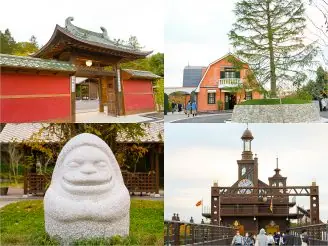Toyota Automobile Museum: Learn About the Evolution and Culture of Automobiles!

Table of Contents
"Toyota Automobile Museum" is located in Nagakute City, Aichi Prefecture.
This museum provides visitors with an insight into the history of automobiles and car culture around the world. It was established in April 1989 as one of the projects to commemorate the 50th anniversary of Toyota Motor Corporation.
Although the name "Toyota" is attached, the exhibition includes not only Toyota cars but also about 140 representative vehicles from Japan, the U.S., and Europe. Visitors can enjoy learning about how automobiles, which are indispensable to our daily lives, were born and how they have evolved over the years.
In addition, there is a Automobile Culture Showroom with approximately 4,000 automobile-related materials on display, special exhibitions held several times a year, and a restaurant where you can taste the famous curry. It is a perfect facility for car enthusiasts as well as for a short family trip!

A red objet d'art in the shape of a "T" is the landmark!
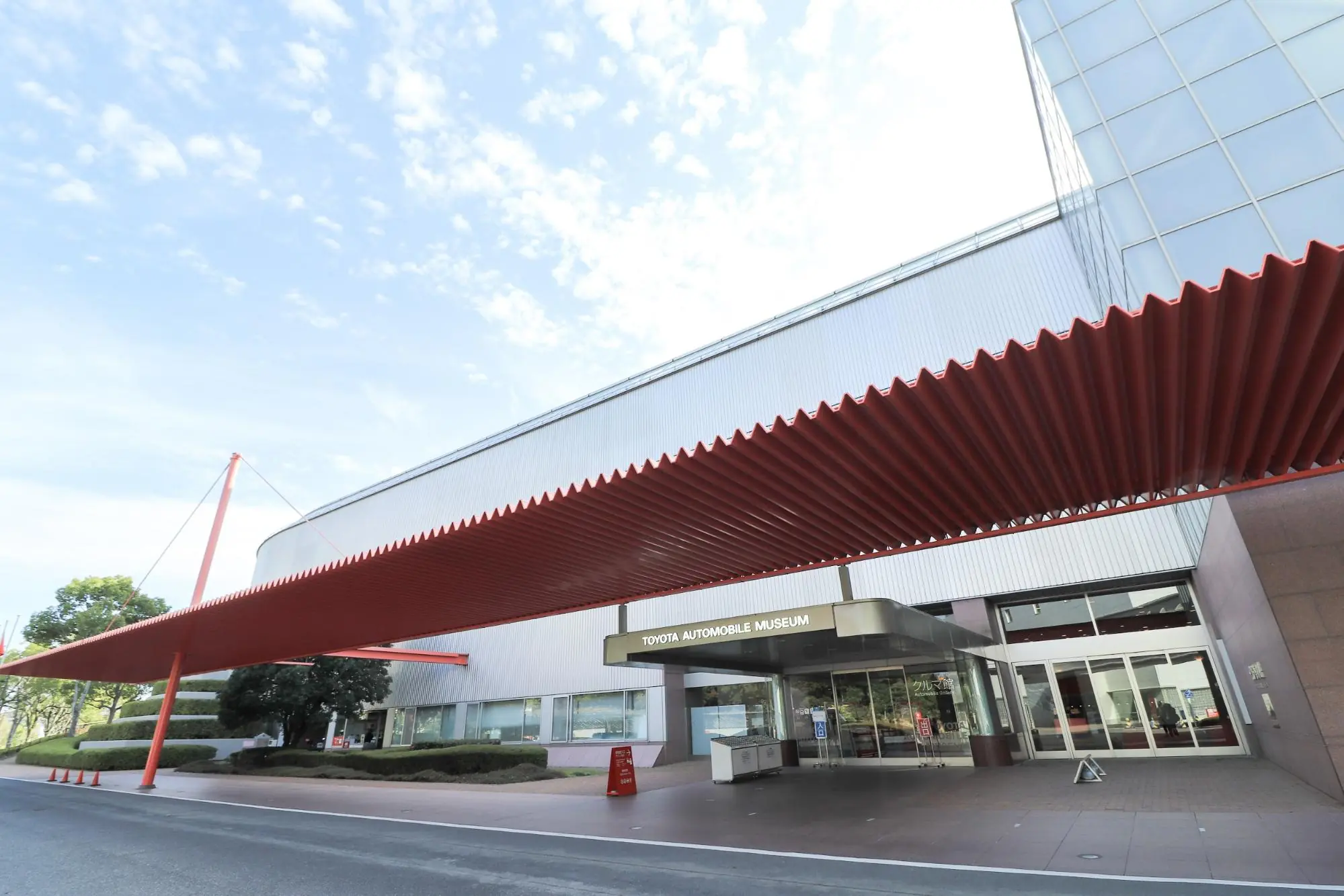
Here we are at the Toyota Automobile Museum!
Access by car: 0.4 km west of the Nagakute IC on the Nagoya Seto Road. By public transportation, get off at Exit 1 of Geidai-dori Station (in front of Toyota Museum) on Linimo (Tobu Kyuryo Line) and walk about 5 minutes.

The museum is divided into two sections: the Automobile Gallery and the Cultural Gallery.
You can walk around however you want, but if you want to learn more about the museum, we recommend the guided tour that is offered once a day! There is also a free audio guide application available.
First, let's visit the Automobile Gallery!
A Glance at the History of Automobiles
"Automobile Gallery"
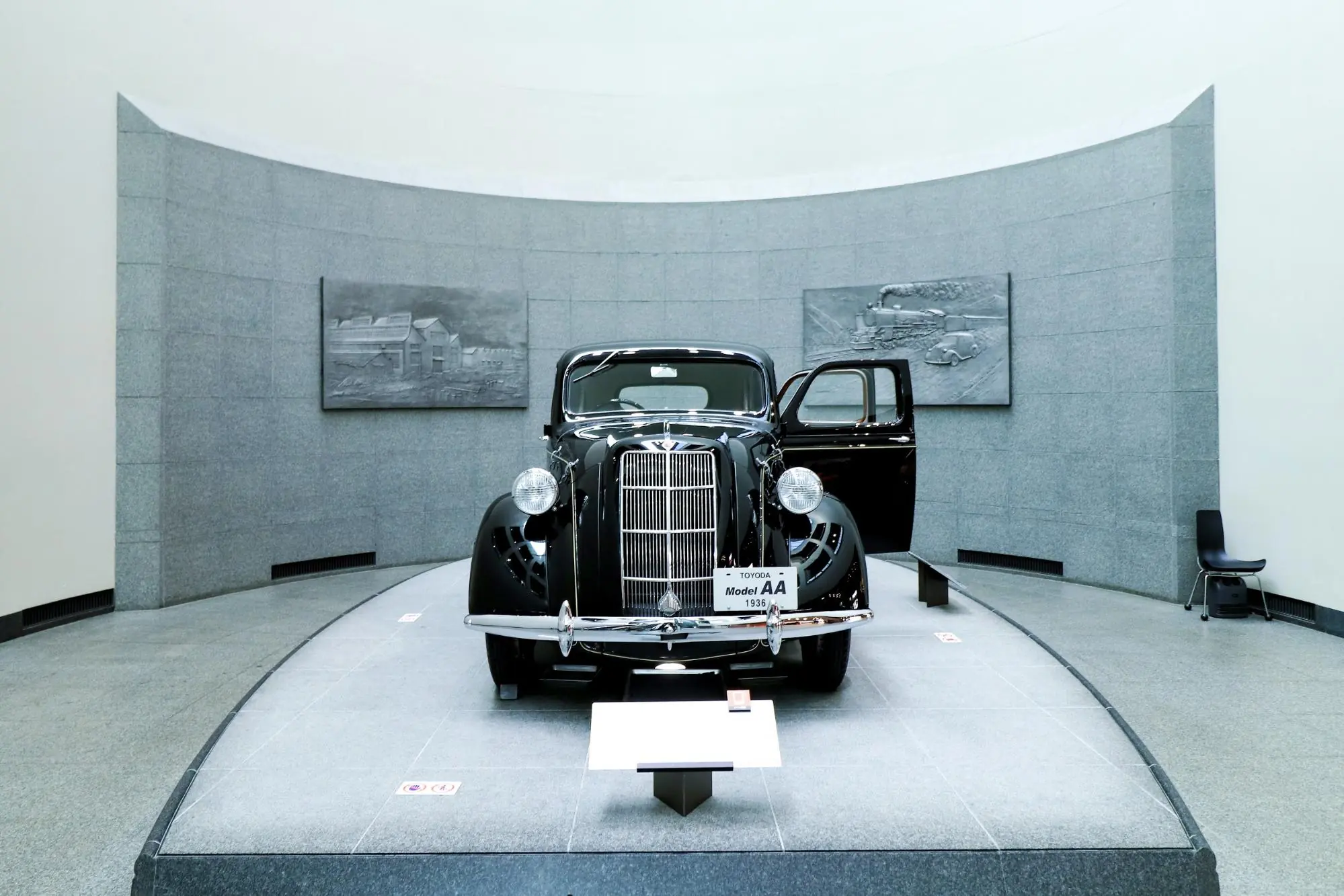
Toyota Motor Corporation's first production passenger car "TOYODA AA Passenger Car" (1936|Replica)
The Automobile Gallery introduces the history of automobiles from the birth of the gasoline-powered car at the end of the 19th century to the present day, with approximately 140 representative vehicles from around the world on display.
The surprising thing is that most of the cars are "dynamic preservation" cars that can actually be moved, and seven dedicated mechanics are in charge of maintaining all the cars.
How did the automobile come into being and evolve? Let us trace its history.
From the Dawn of the Automobile to the Birth of the Japanese Car
"Automobile Gallery", 2nd floor
On the 2nd floor of the Automobile Gallery, the history of automobile technology and culture around the world, from the first practical gasoline-powered car to the 1950s, is displayed and introduced in eight area.
Dawn of the Automobile
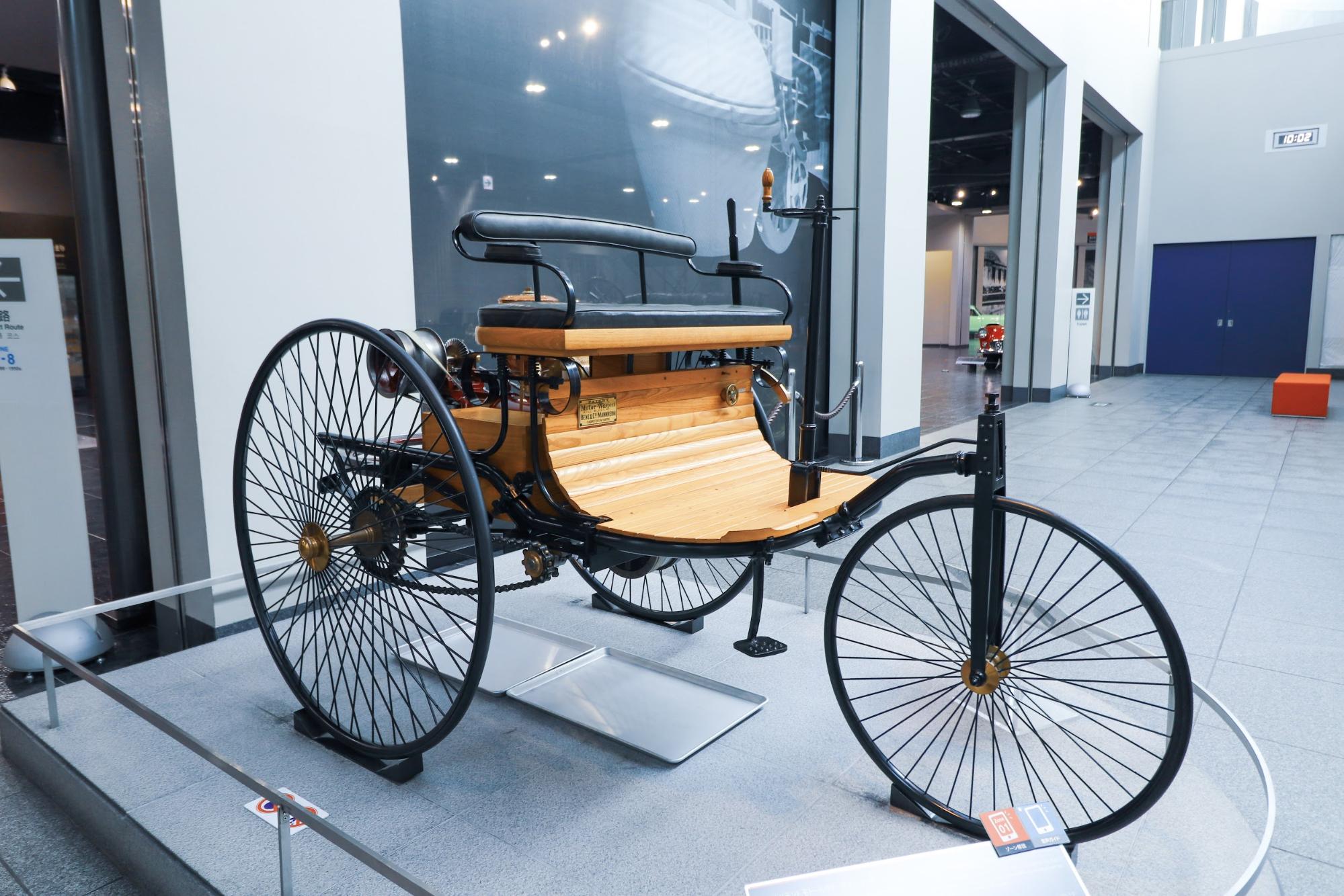
Mercedes Benz Patent-Motorwagen (Replica|1886|Germany)
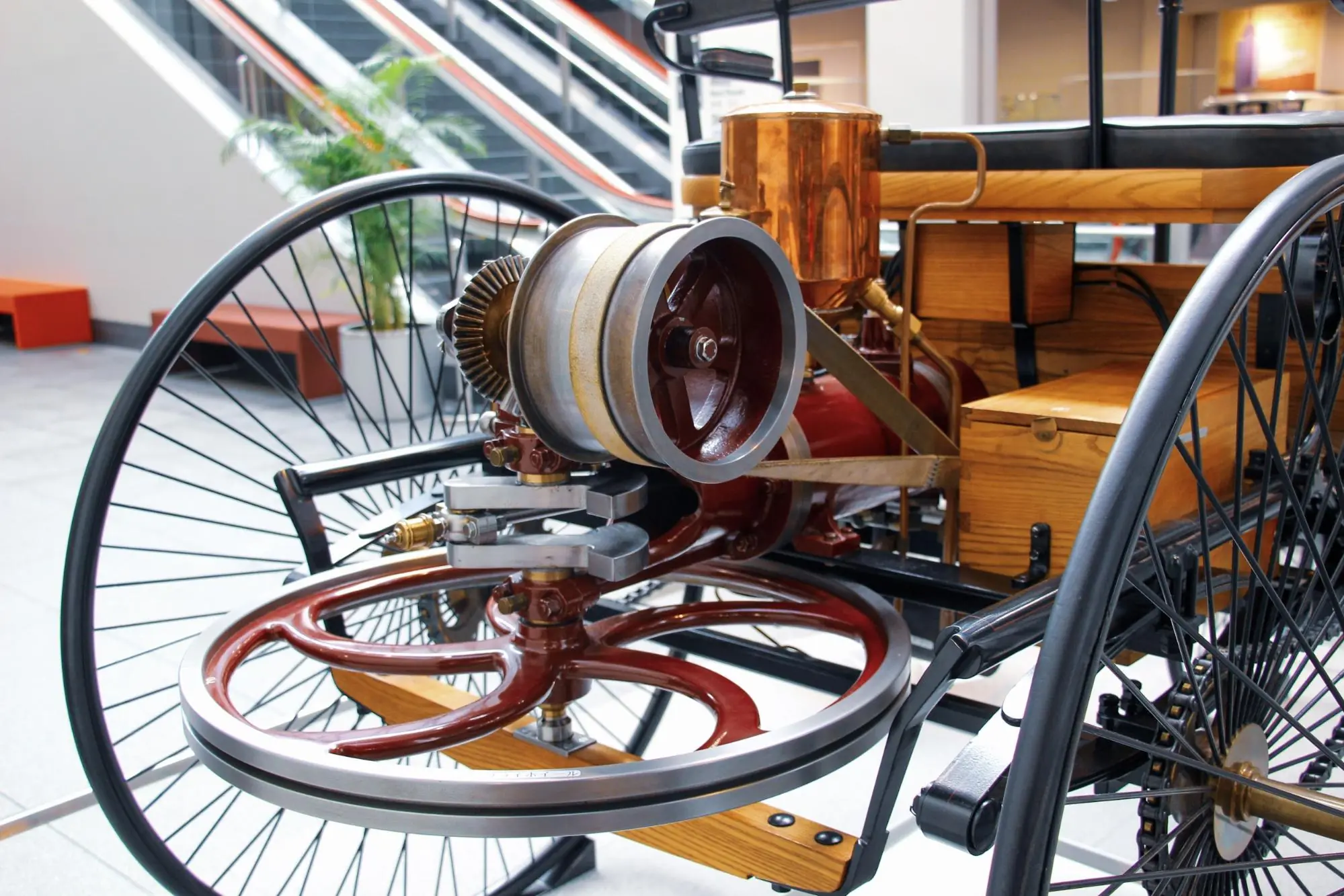
First on display was the Benz tricycle, said to be the first practical gasoline-powered automobile. At first glance, it looks like a bicycle, but you see an engine installed in the rear.
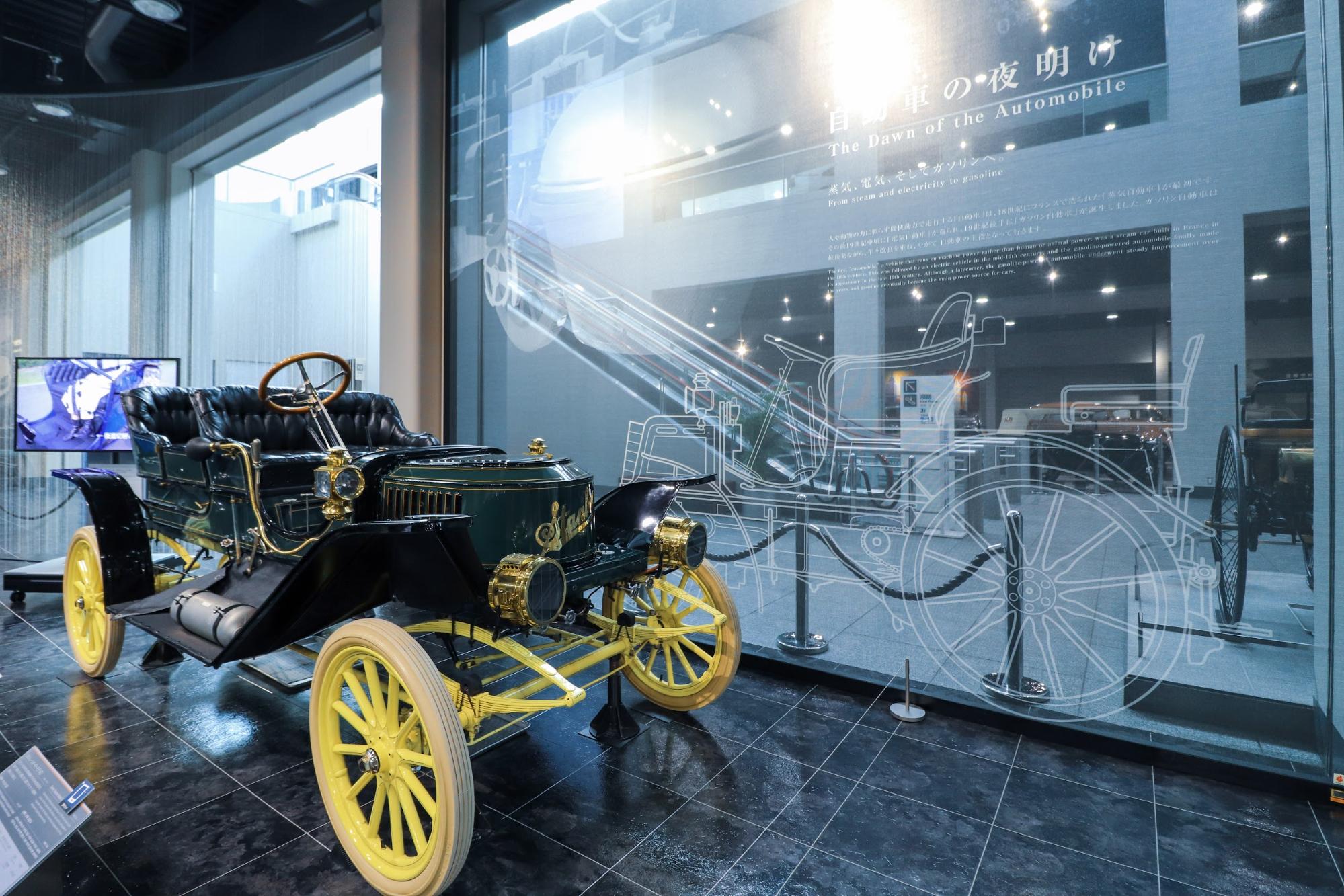
Stanley Steamer Model E2 (1909|U.S.A.)

Baker Electric (1902| U.S.A.)
The first automobile was the "steam car" created in France in the 18th century. This was followed by the "electric car" in the mid-19th century and the "gasoline car" in the late 19th century.
It is surprising that electric cars were born before gasoline-powered cars. However, at that time, electric cars could only run a distance of about 80 km on a single charge, and they declined along with the development of gasoline-powered cars.
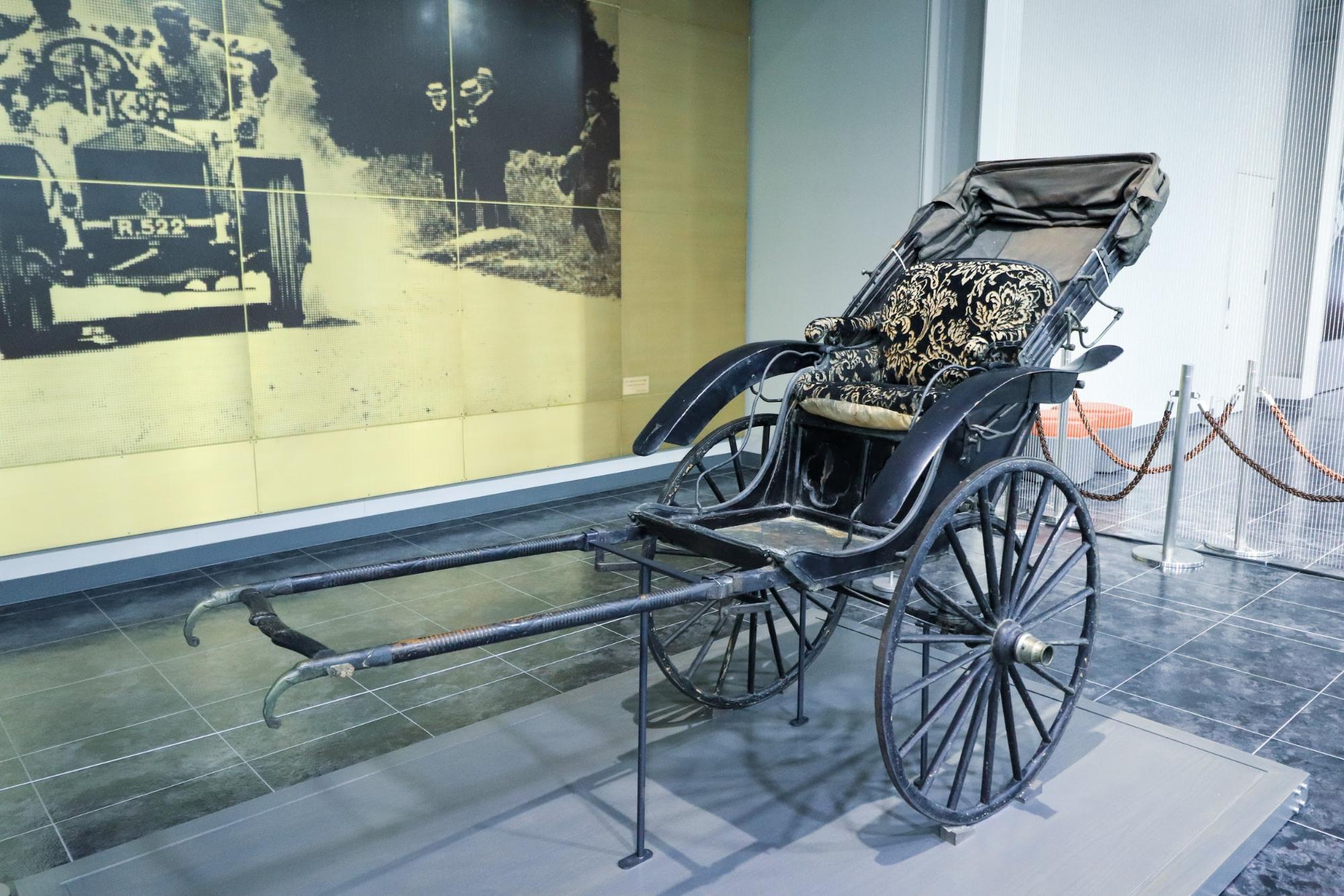
Rickshaw (Late Meiji Period|Japan)
At that time, Japan was still in the age of the rickshaw.
The automobile was brought to Japan from the end of the 19th to the beginning of the 20th century, but the industrial infrastructure was not yet in place for full-scale production.
With the Advent of the Model T Ford, the Automobile Became Popular

The automobile continued to evolve over a short period of time, but it was extremely expensive and could not be owned by the general public.
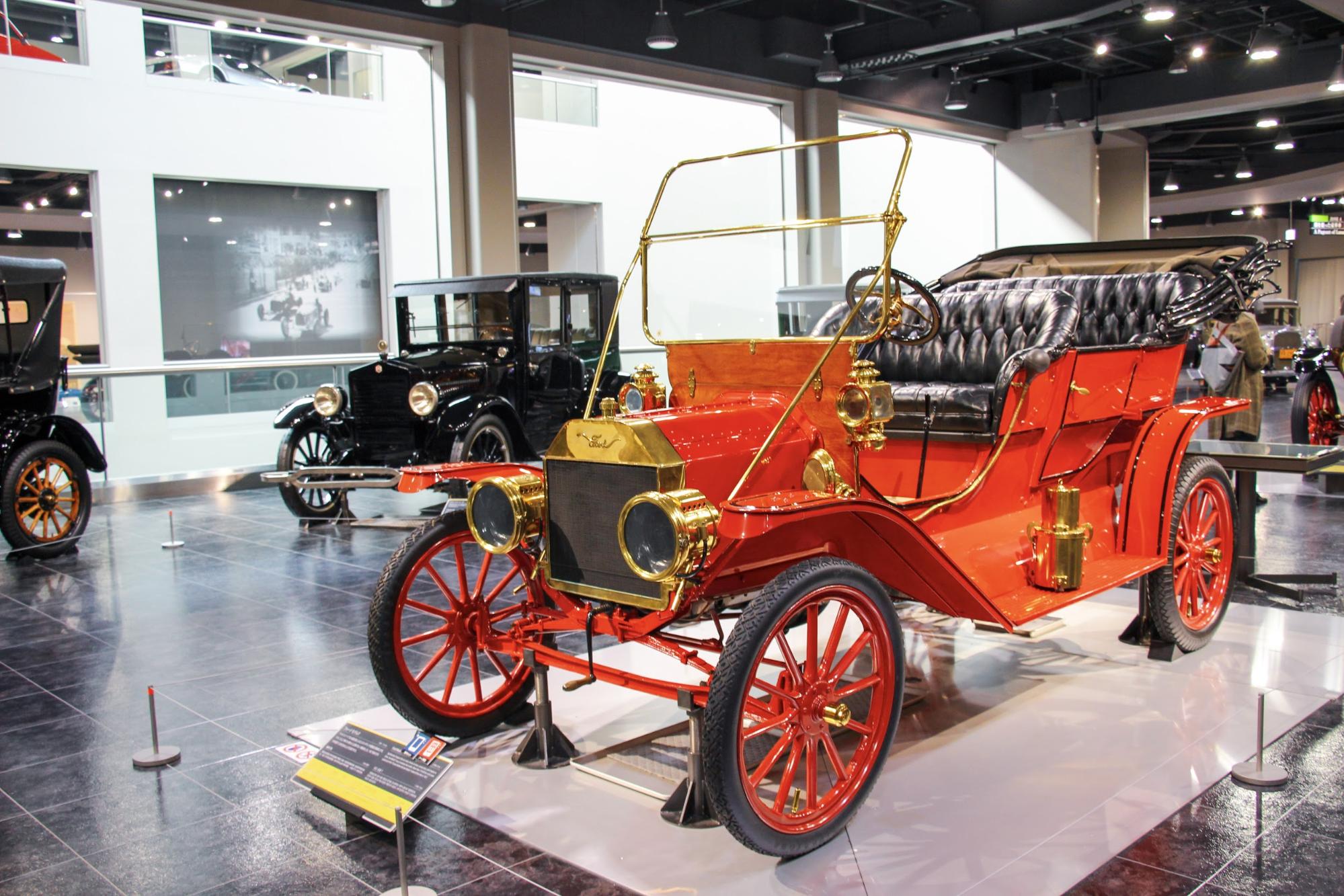
Ford Model T (1909|U.S.A.)
In the midst of all this, the "Ford Model T" was the catalyst for the popularization of automobiles!
Despite its simple structure, it has sufficient performance, and cost reductions were achieved through mass production using a conveyor belt system. In 1927, more than 15 million cars were produced in 19 years. It is amazing that there were as many as 500 automobile companies in the 1910s.
Luxury Cars that Fascinated People
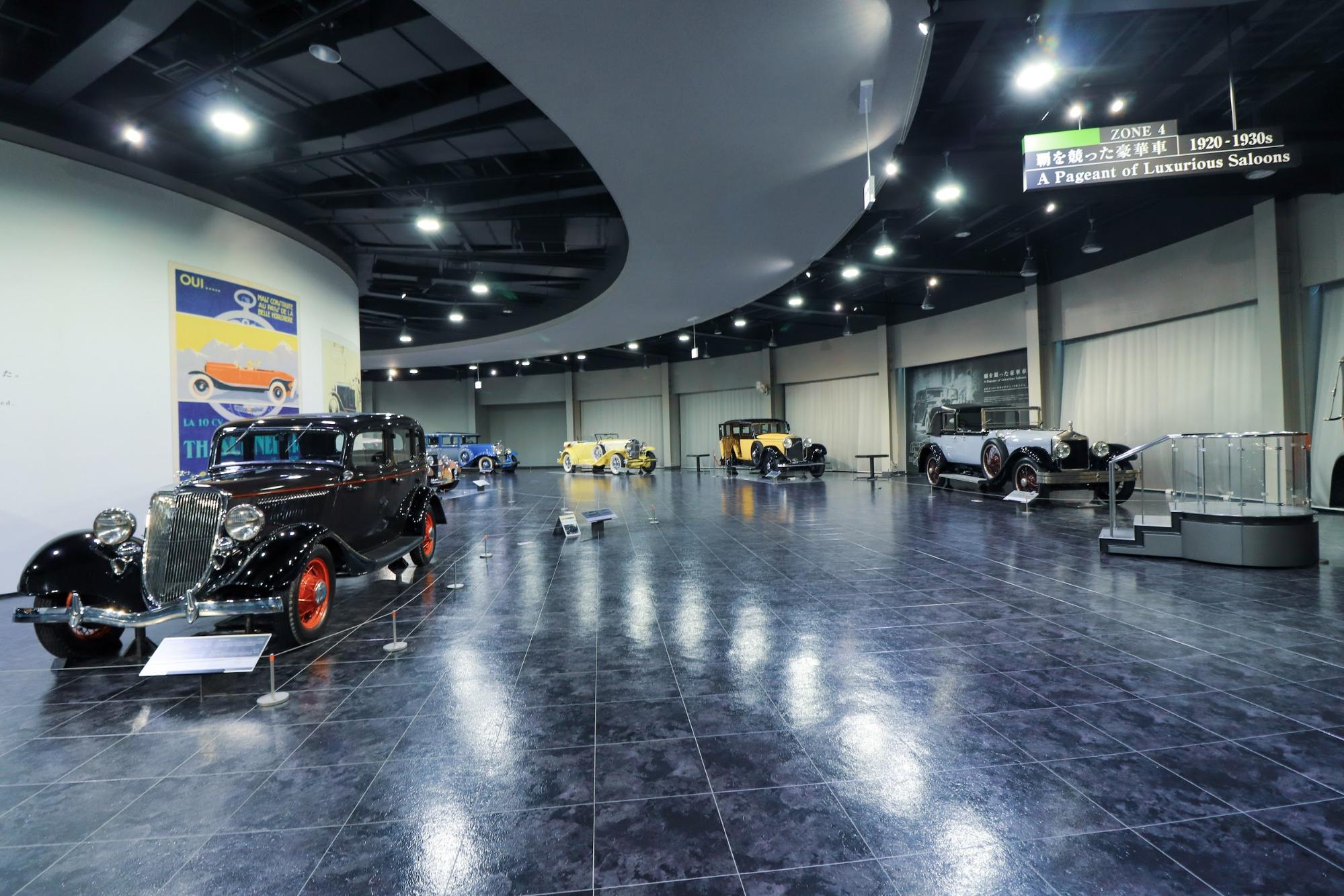
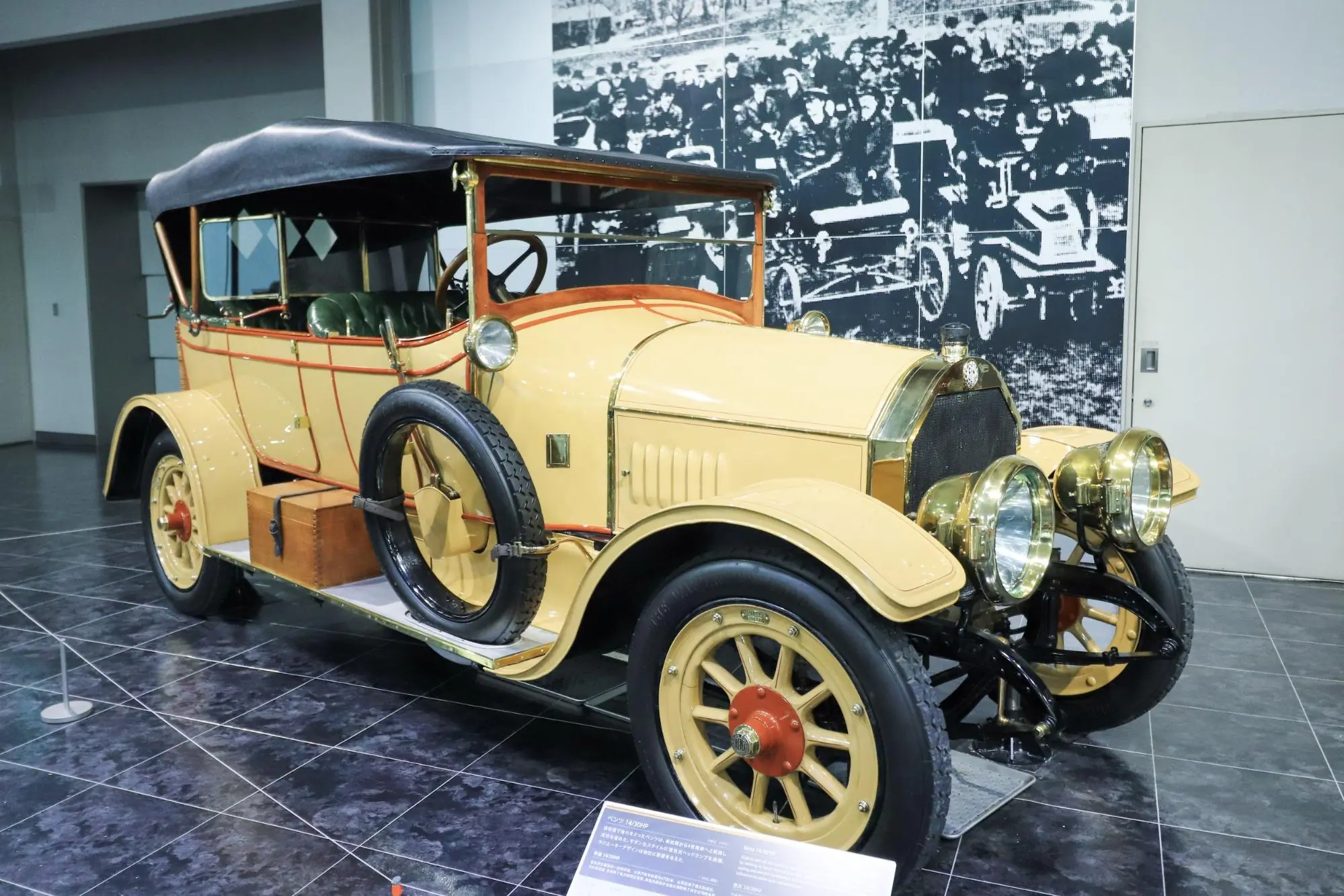
Mercedes Benz 14/30HP (1912|Germany)
In the 1920s, the technology honed in aircraft development was applied to automobiles, which developed by leaps and bounds. After the establishment of basic technology, luxury cars appeared one after another. Some were made to order, and all were luxurious and gorgeous!
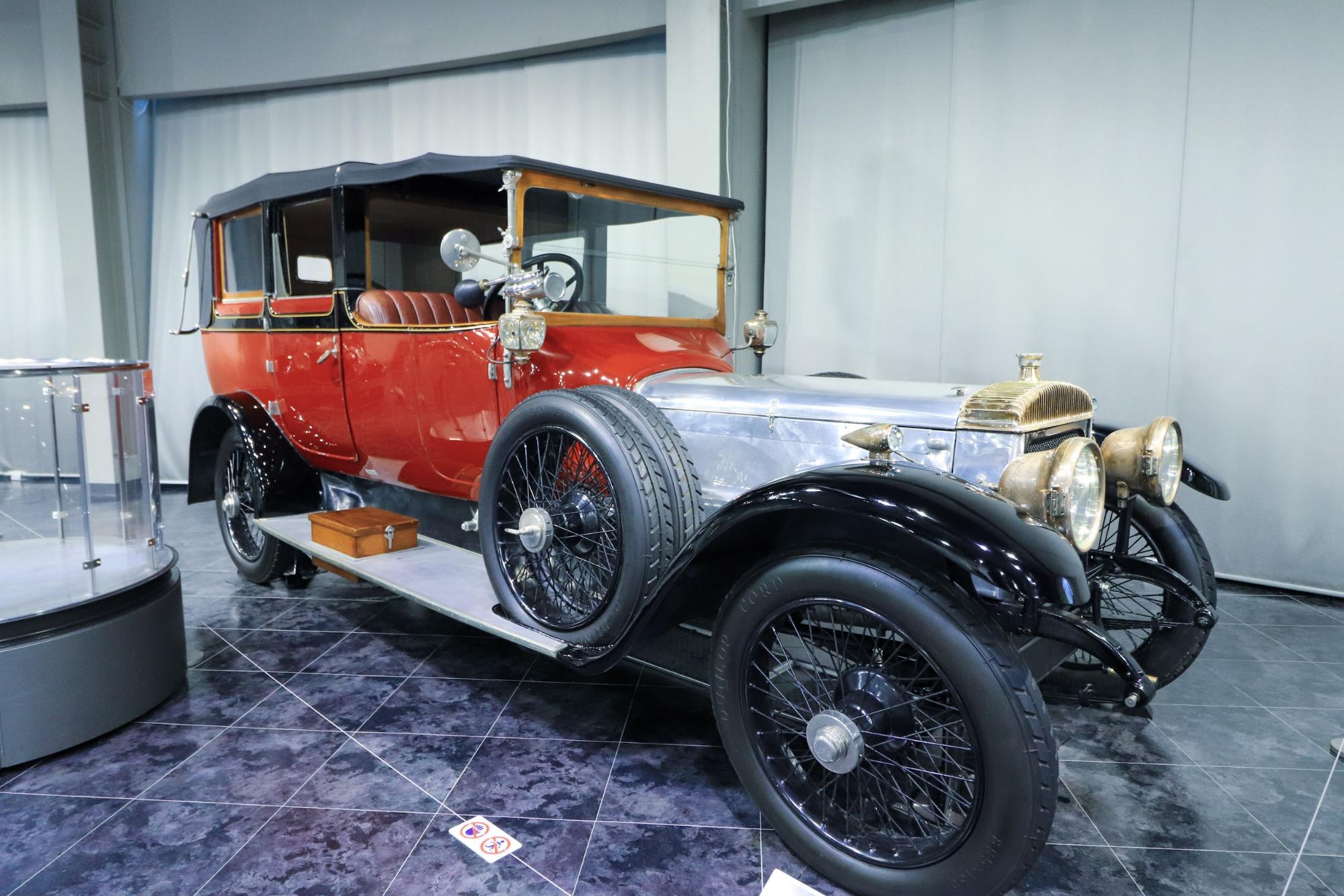
Daimler Type 45 (1920|U.K.)
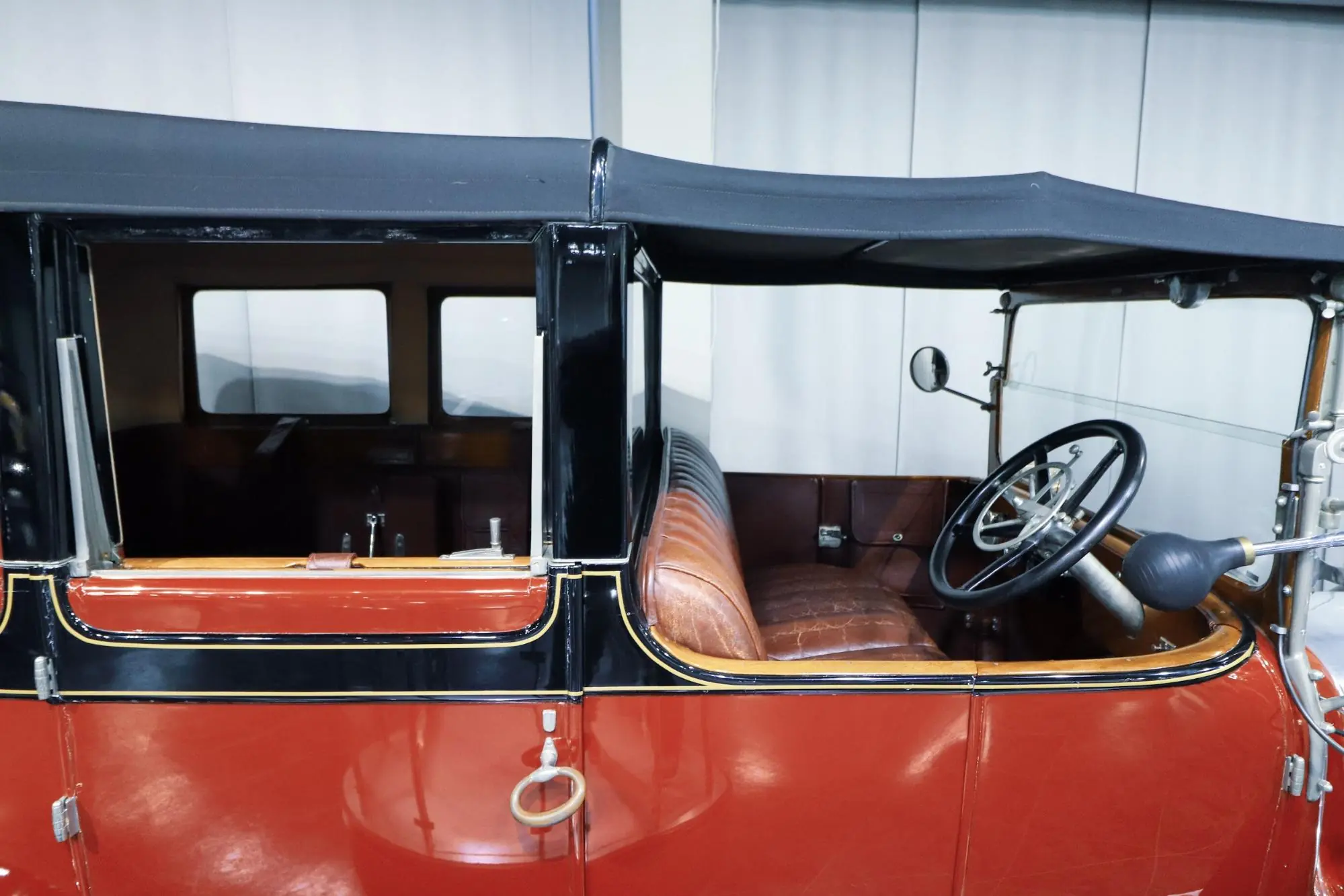
For example, here is a "Daimler Type 45," a favorite of the British royal family and upper class. Like a carriage, the driver's seat is separated from the carriages. The landmark at the rear of the car is also a reminder of the horse-drawn carriage.
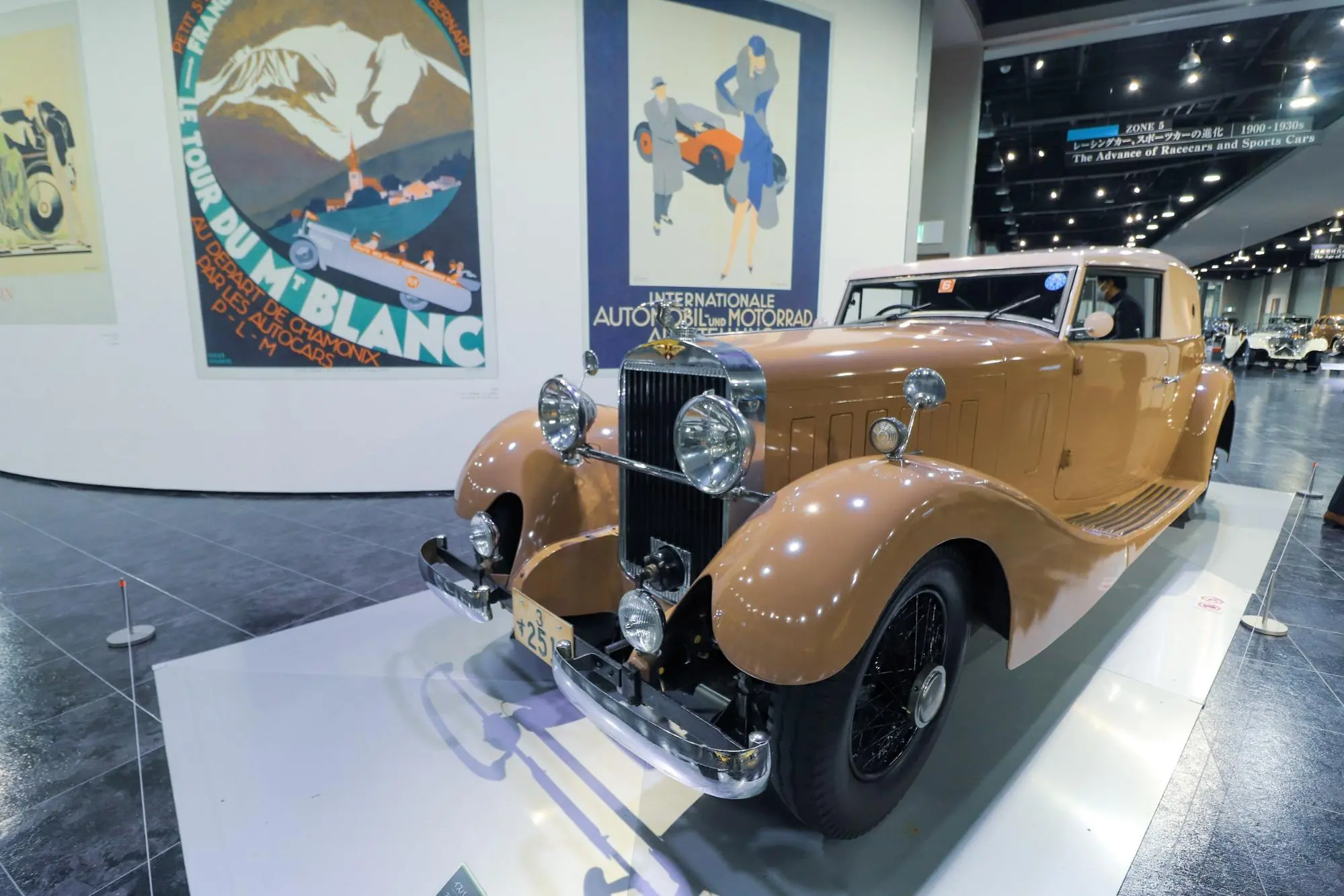
Hispano-Suiza K6 (1935|France)
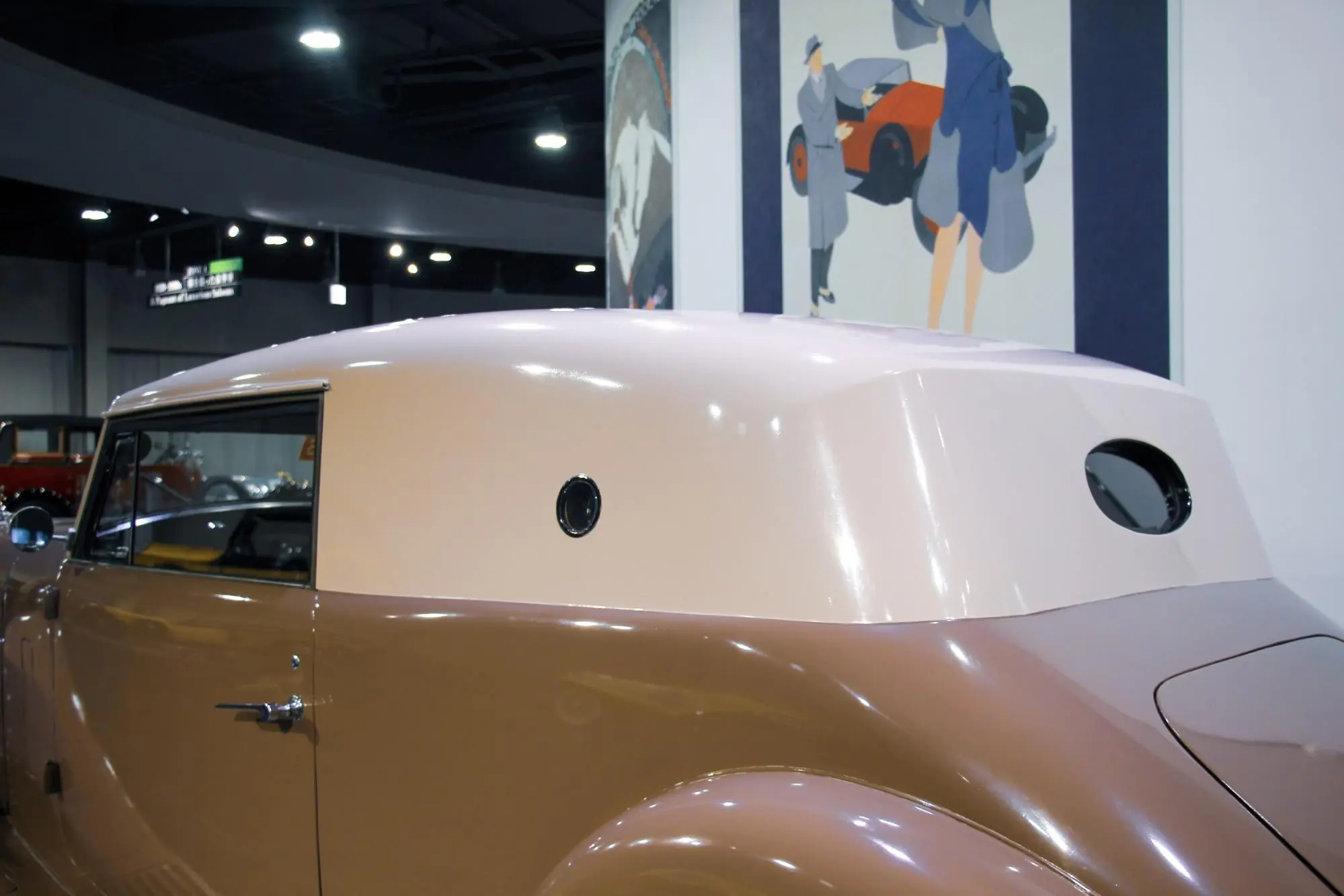
There are also rare cars like this.
This is the last model of Hispano-Suiza, a French luxury car manufacturer. Naoyasu Nabeshima, the 13th head of the Nabeshima family of Saga, purchased this car without chassis (without the body). He designed the body himself, and had it built and fitted by Japanese craftsmen over a period of about six months.

On the windshield, there is a sticker of the car inspection certificate.
"We don't just display cool cars. Every car here has a meaning". I was impressed by the words of the deputy curator.
Evolution of Racing and Sports Cars


Bugatti Type 35B (1927|France)
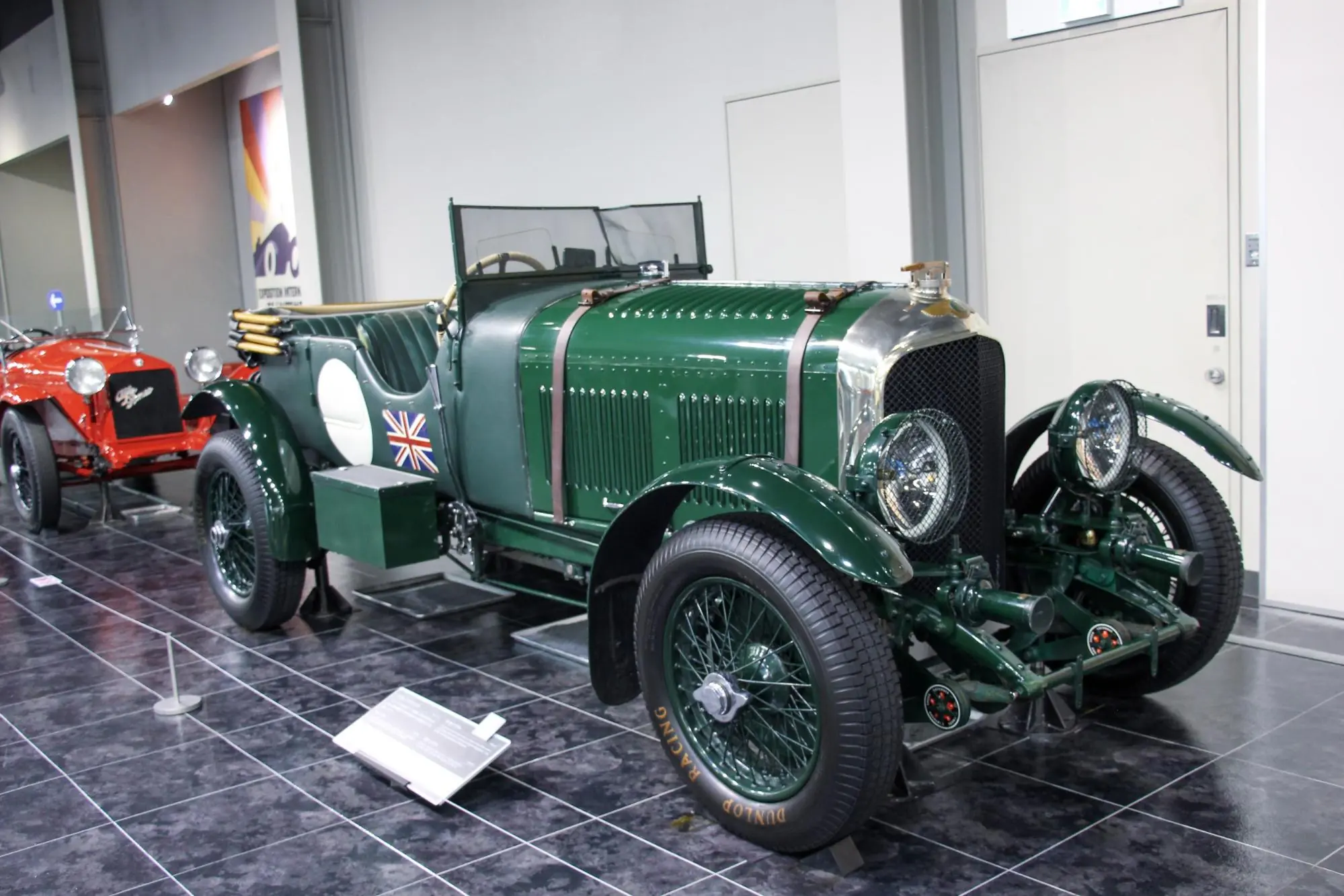
Bentley 4 1/2 liter (1930|U.K.)
Racing began with the birth of the automobile as a means of proving the excellence of automobile performance. National colors were established for international races, such as blue for France and green for England, and the racing cars of each country competed for national honors and performance.
Racing and sports cars have evolved differently from utility vehicles. What aspects are different?
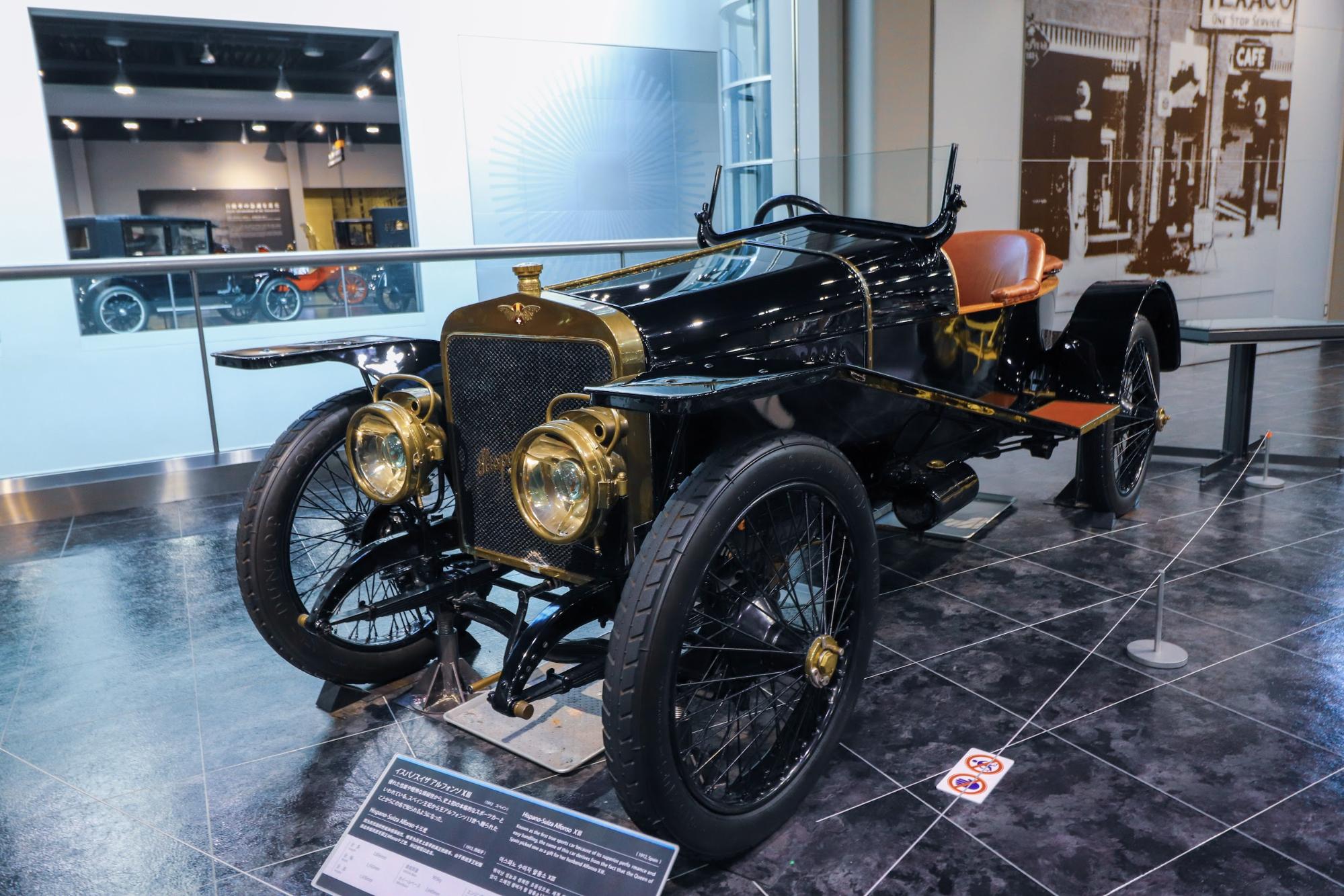
Hispano-Suiza Alfonso VIII (1921| Spain)
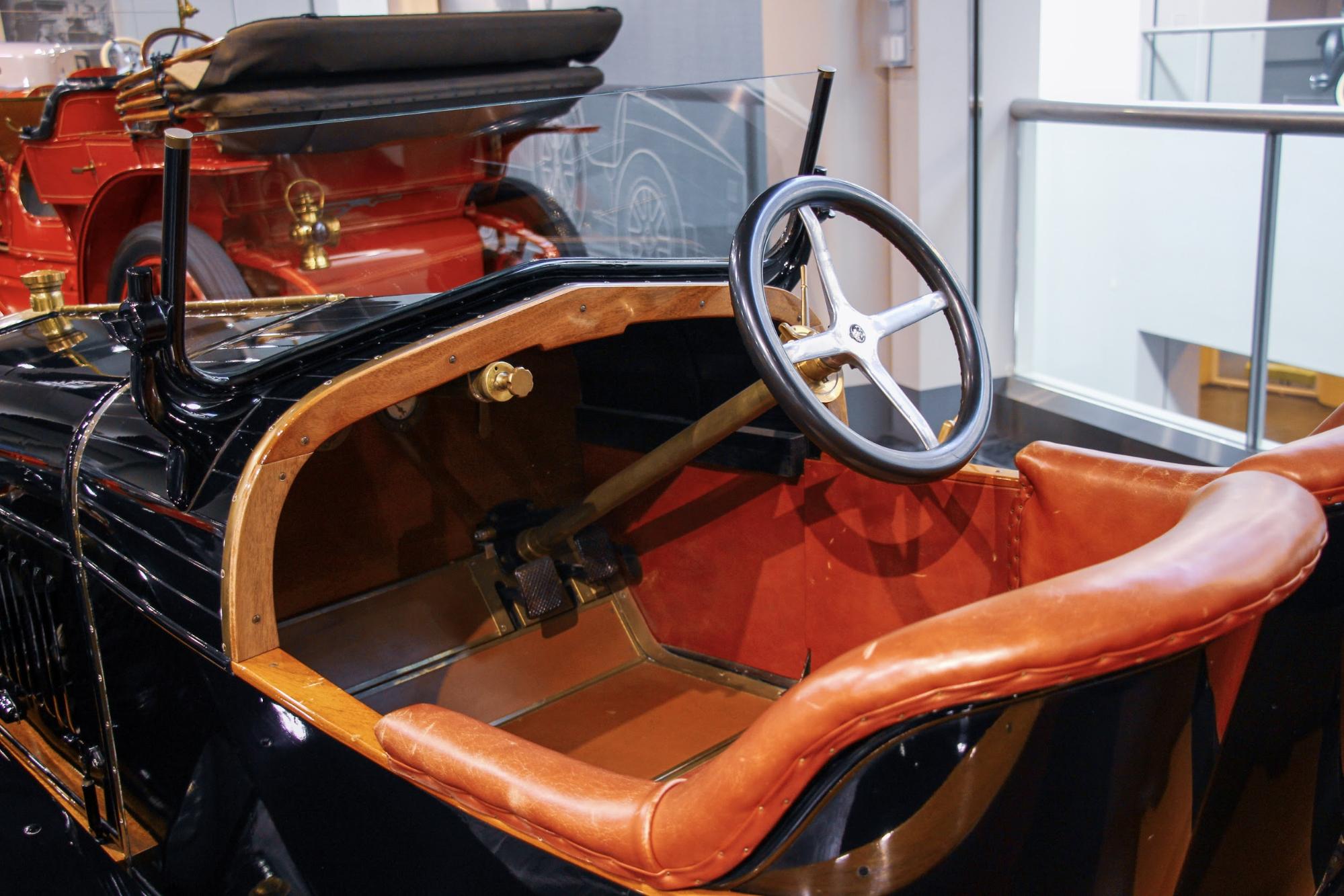
The "Hispano-Suiza Alfanso VIII" is said to be the first true sports car in history. Looking at the driver's seat, the center of gravity is low, allowing the driver to stretch his/her legs deep into the car.
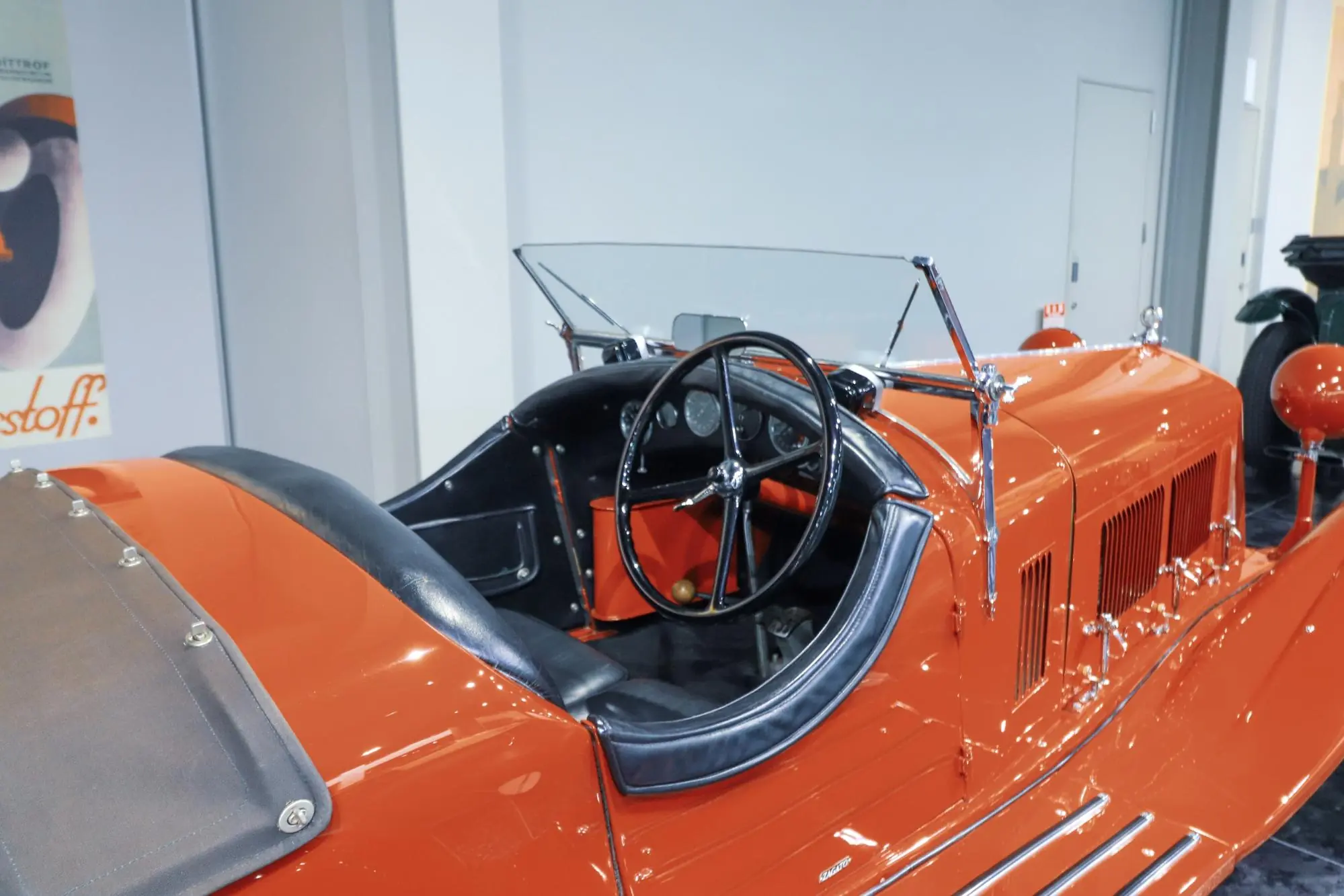
Alfa Romeo 6C 1750 Gran Sport (1930|Italy)
This one has cushions on the doors so that the driver can turn the steering wheel with his arms out of the car body. The pursuit of such technology has led to today's racing and sports cars.
Toyota's First Passenger Car is Launched! The Streamline Era
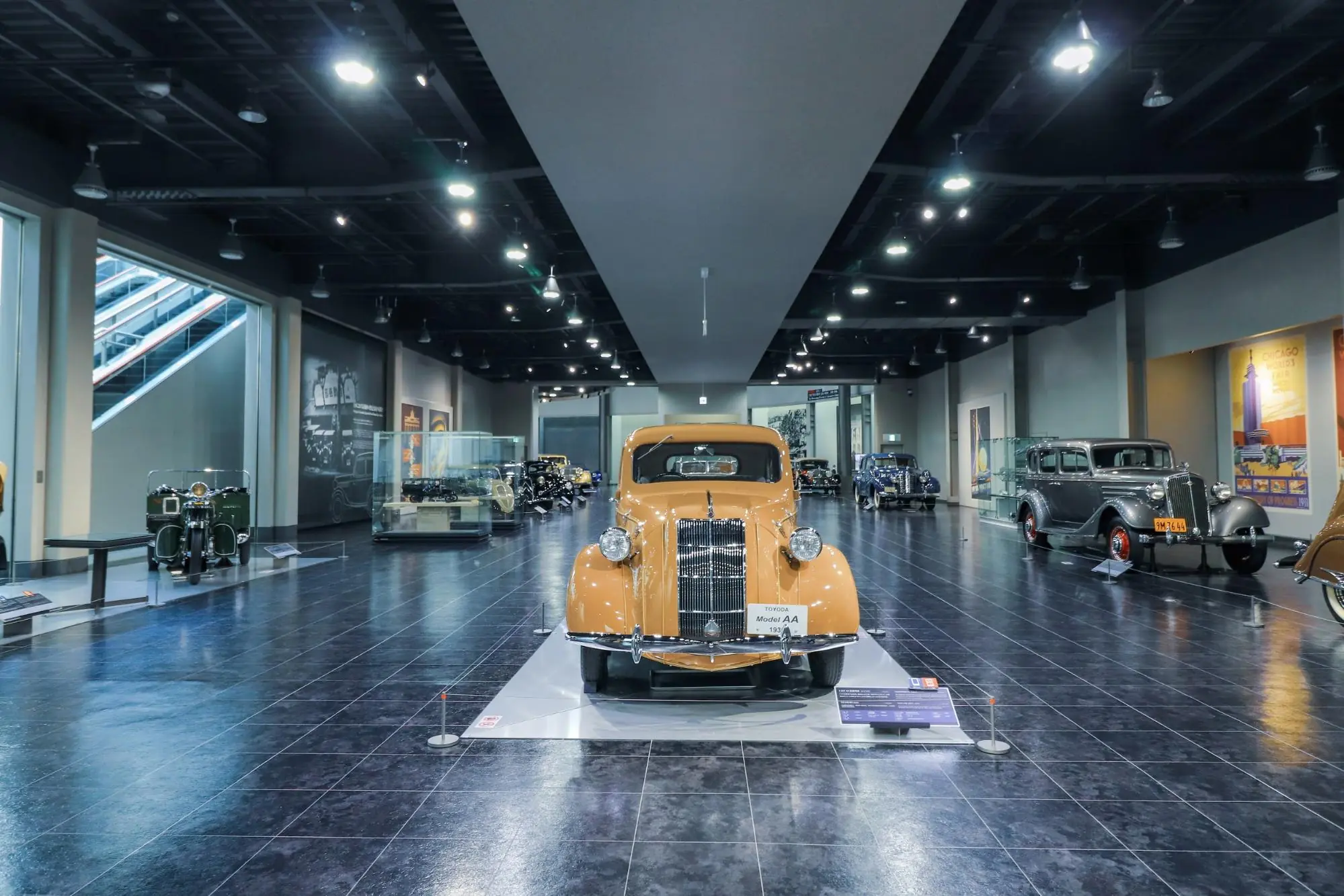
Next, we will finally see Toyota's first automobile!
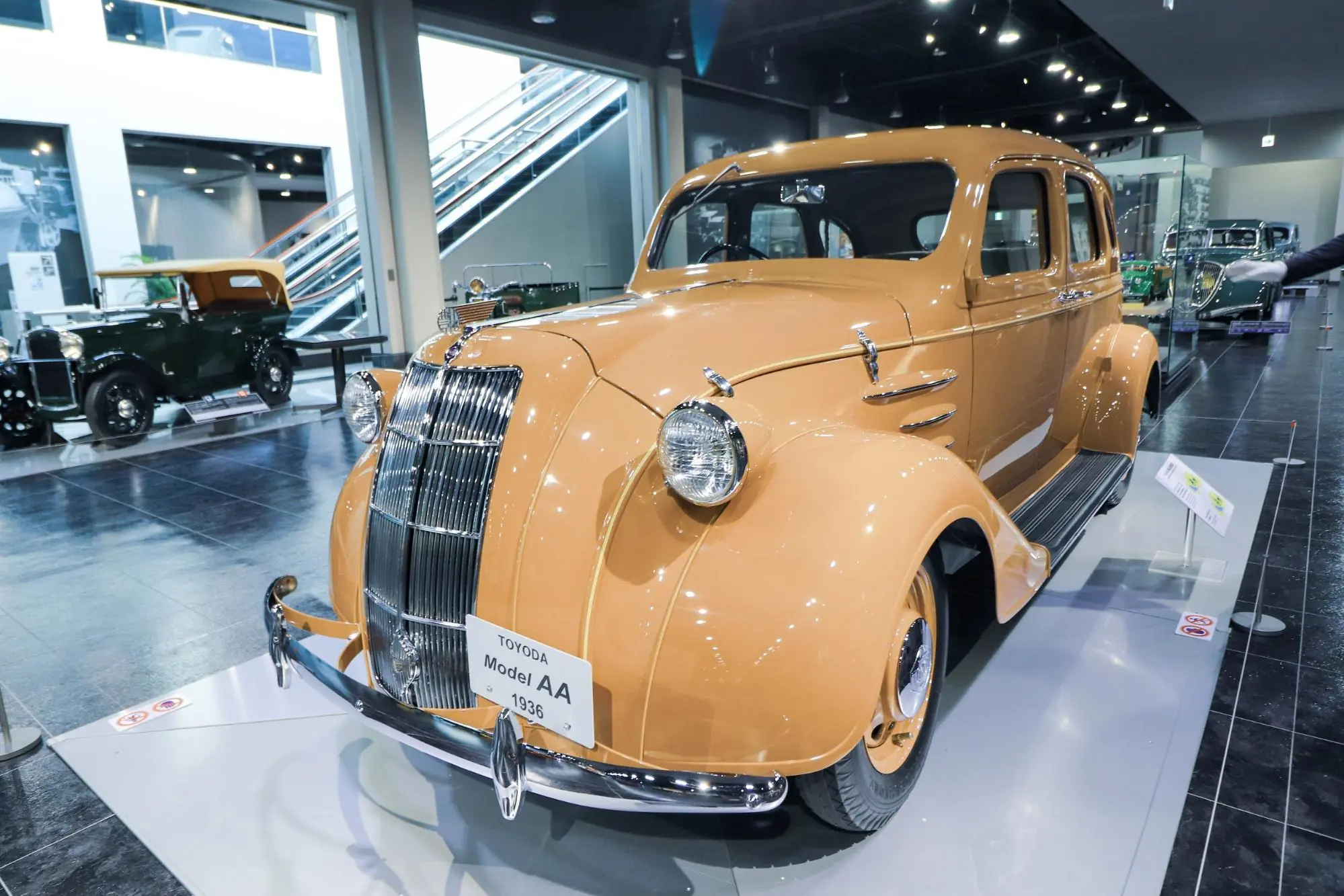
TOYODA AA passenger car (Replica|1936|Japan)
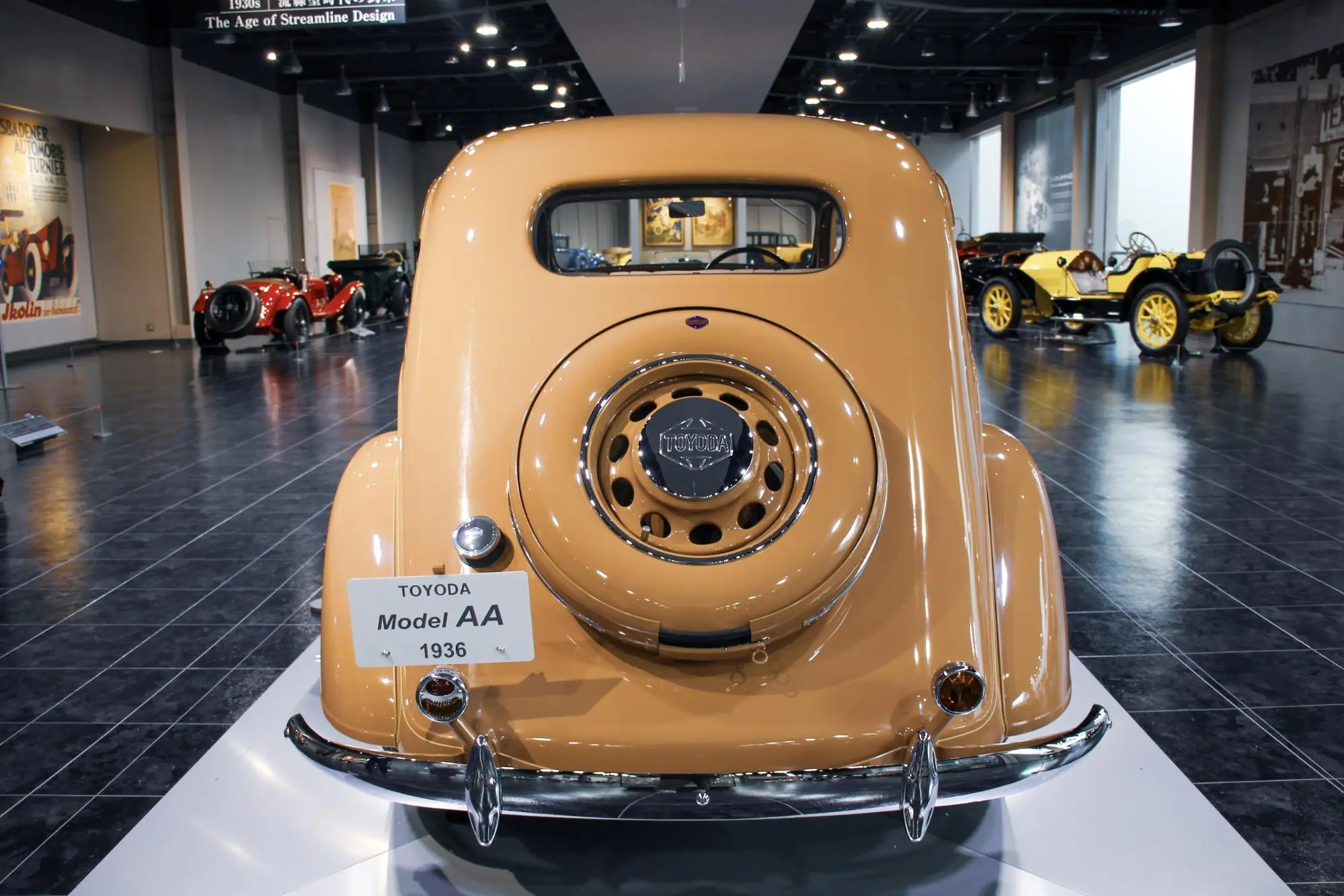
In the 1930s, automobiles were designed in a "streamlined" style.
Toyota's first passenger car, the "Toyoda AA Passenger Car," was one of the first to adopt a streamlined style. Next to it, the American "De Soto Airflow Series SE," which is said to have served as a model, was on display. Please take a look and compare!
Co-performance of Various Automobile Cultures

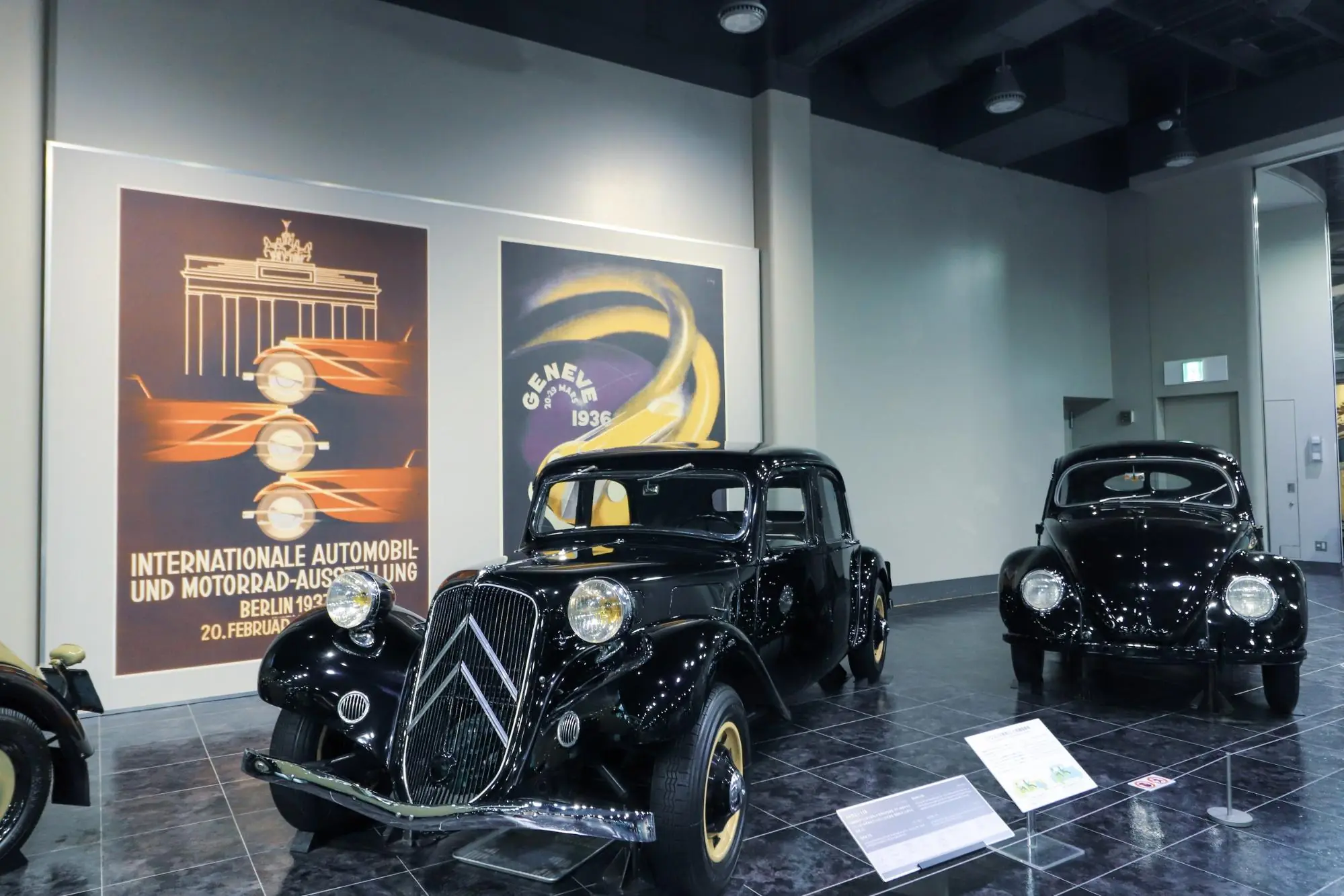
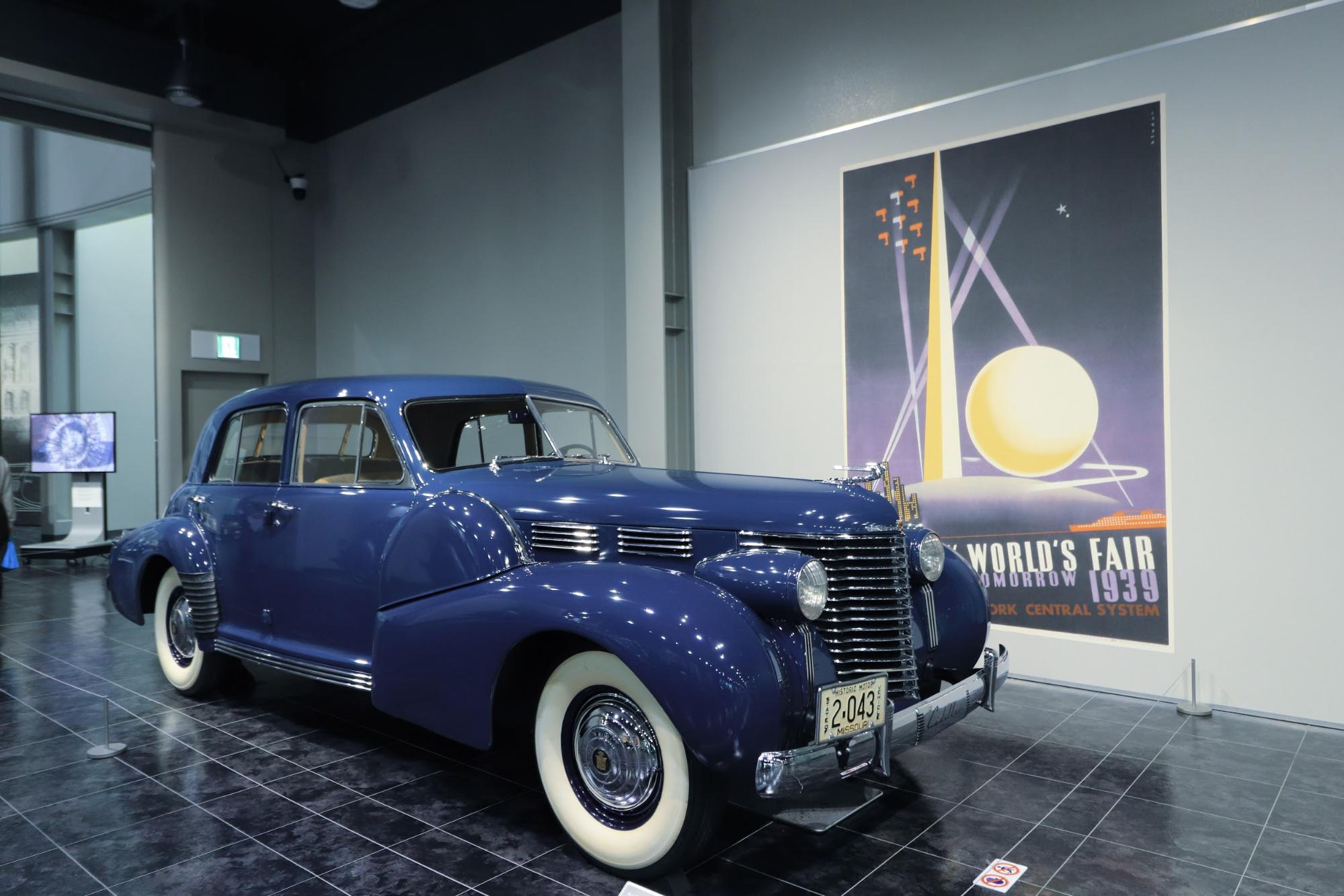
In the late 1930s, a number of unique and high-performance automobiles appeared in Western countries.
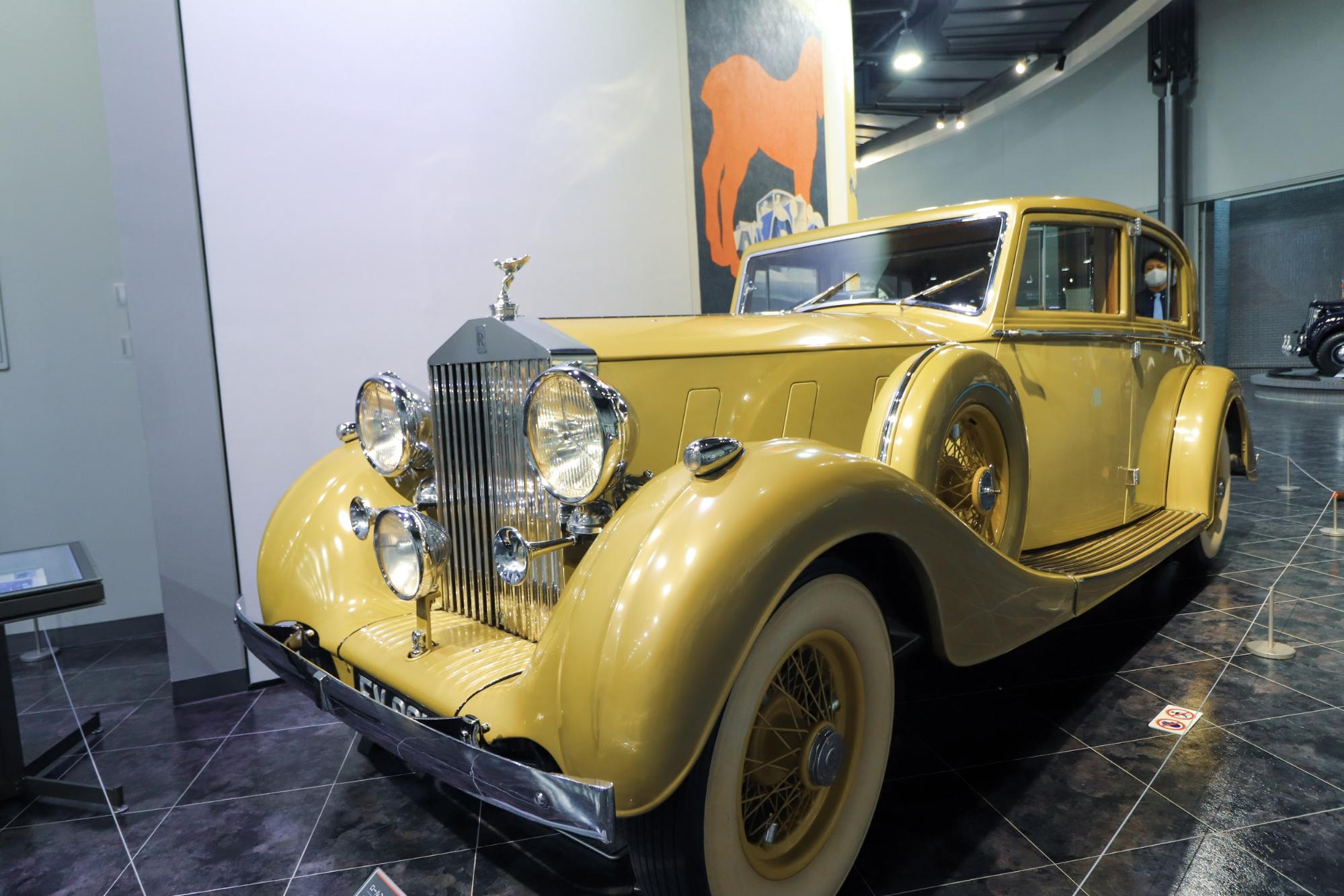
Rolls-Royce 40 / 50SP Phantom III (1937|U.K.)
Here, we were able to see the cargo area of the "Rolls-Royce 40 / 50SP Phantom III," which is not normally open to visitors!
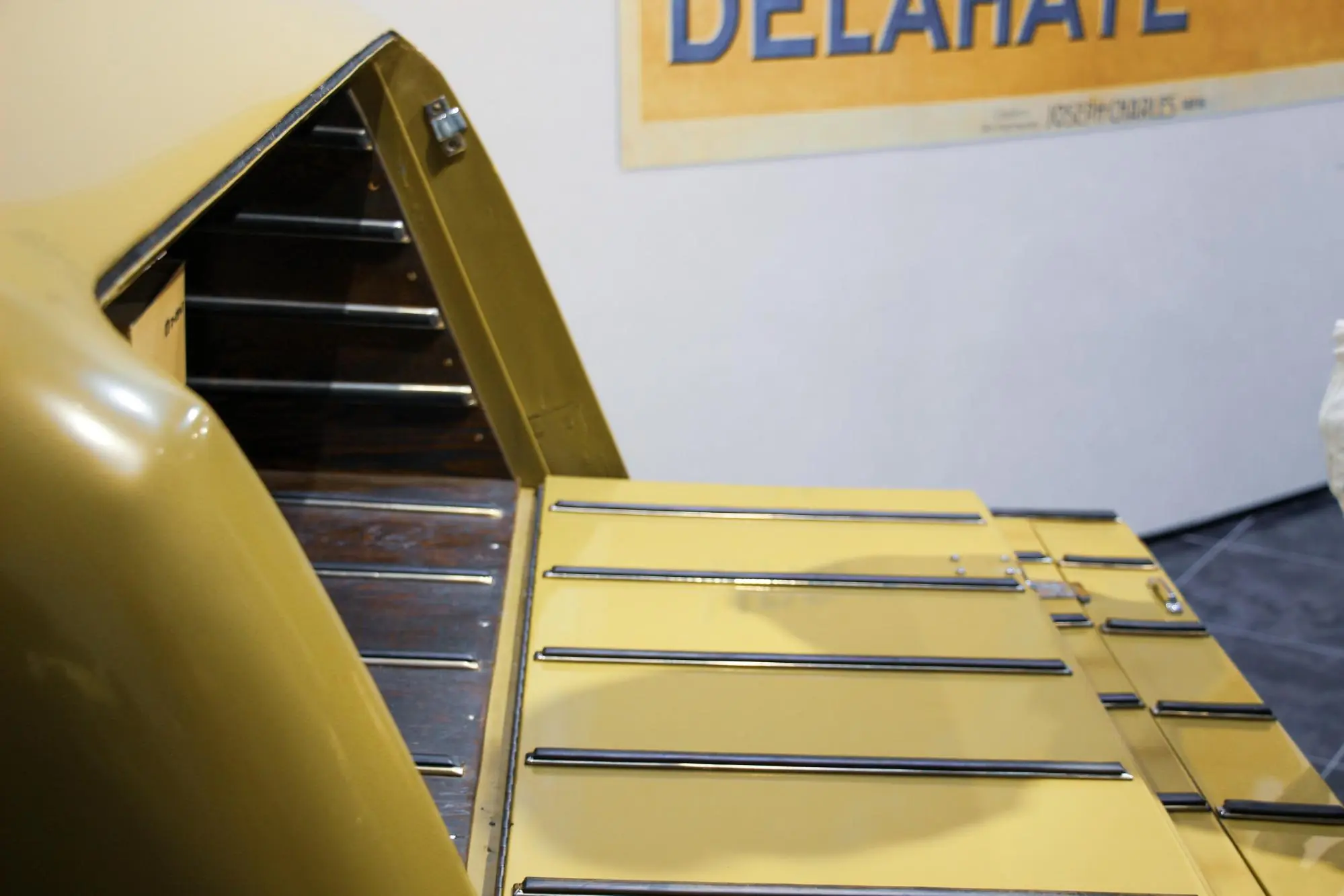
When the back cargo bed is opened, rails are installed for easy loading and unloading.
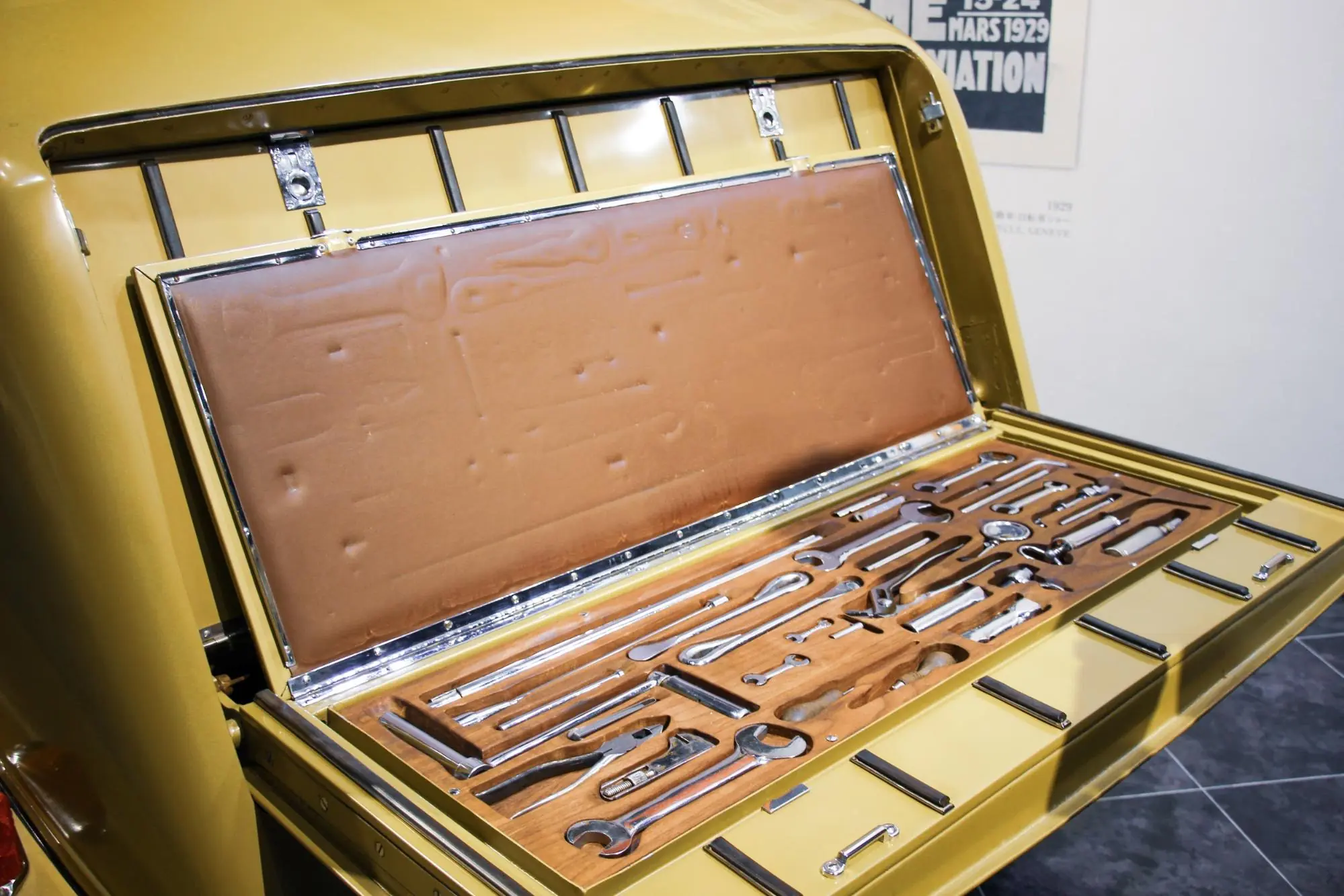
And under it is a tool storage. It is too beautiful! I felt the strong desire of Rolls-Royce to stick to even the invisible parts.
Now let's go to the 3rd floor of the Automobile Gallery!
Progress and Diversification of Motorization
"Automobile Gallery", 3rd floor
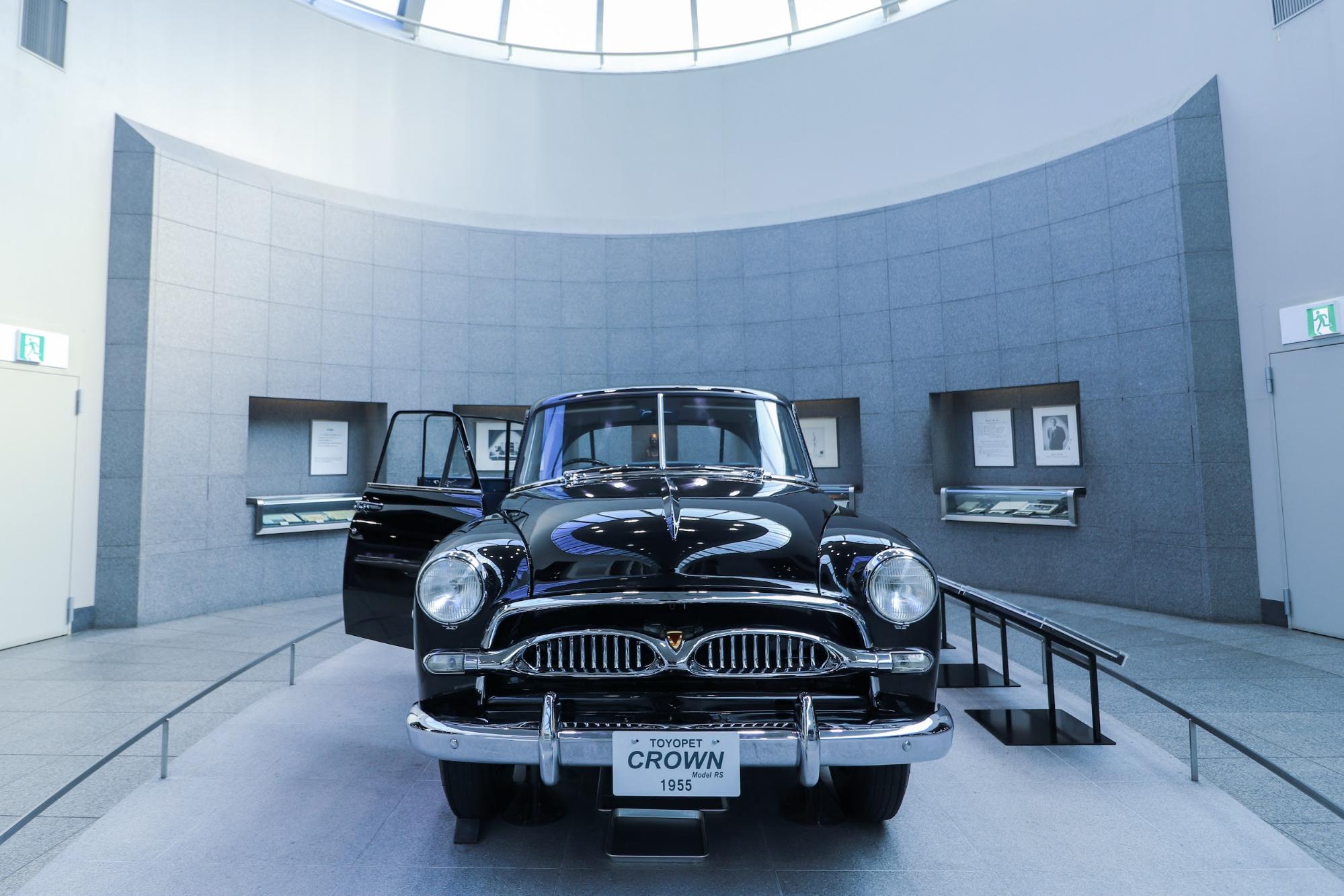
Toyopet Crown RS (Japan|1955)
Take the escalator to the 3rd floor and you will see the first model of Crown, the Toyopet Crown RS model. It was developed as a 5-seater passenger car suitable for Japan. At that time, there were still many unpaved roads in Japan. It gained popularity for its excellent riding comfort on rough terrain.
On the 3rd floor, the evolution of the world's automobiles from the 1950s to the present day, as well as efforts to solve issues, are exhibited and introduced in five area.
Larger the American cars, Smaller the European cars, and Japanese Car in Search

In the first area, automobiles born in each country are lined up: Europe on the left, the United States in the center, and Japan on the right.
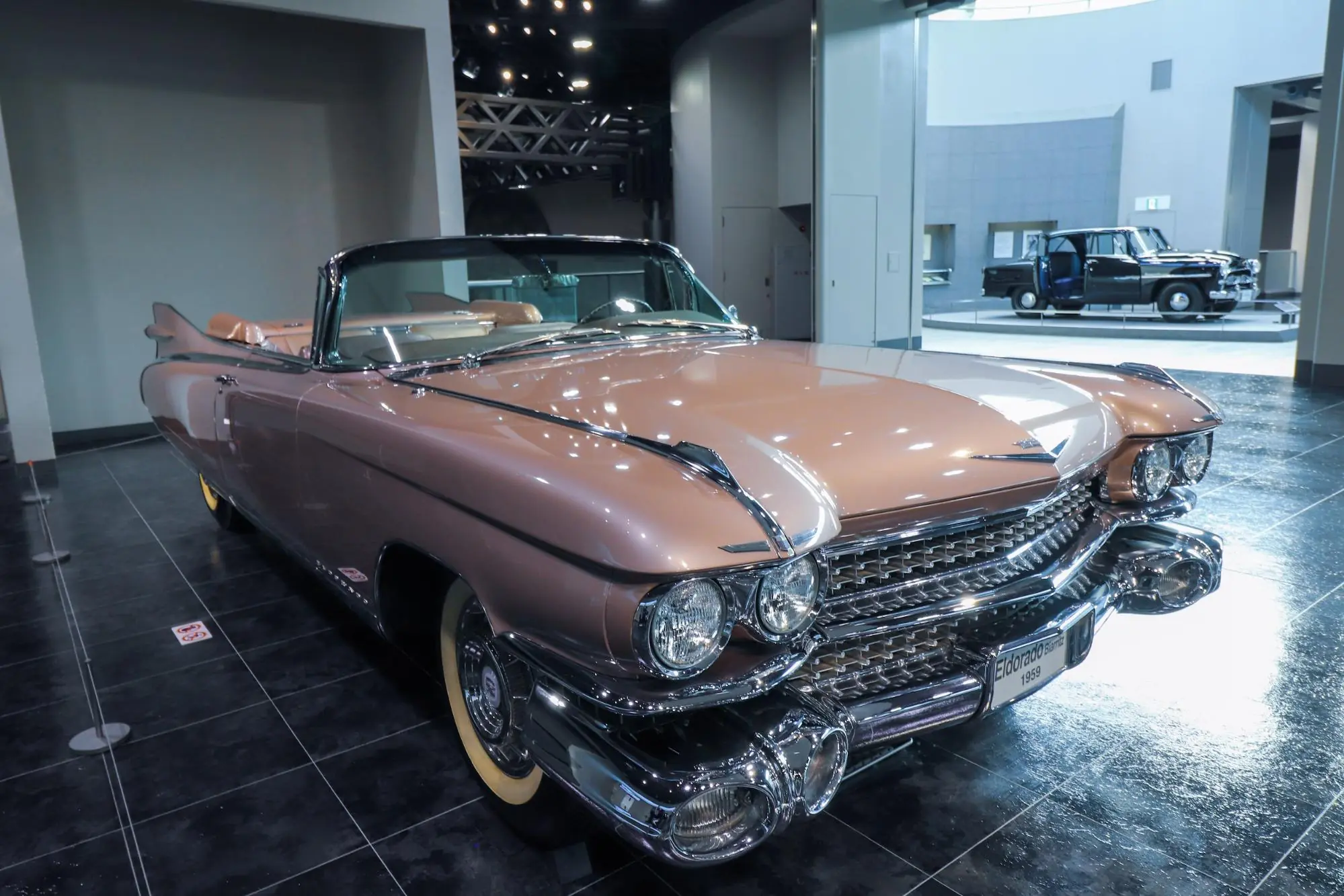
American cars became larger in size for comfort and affluence.
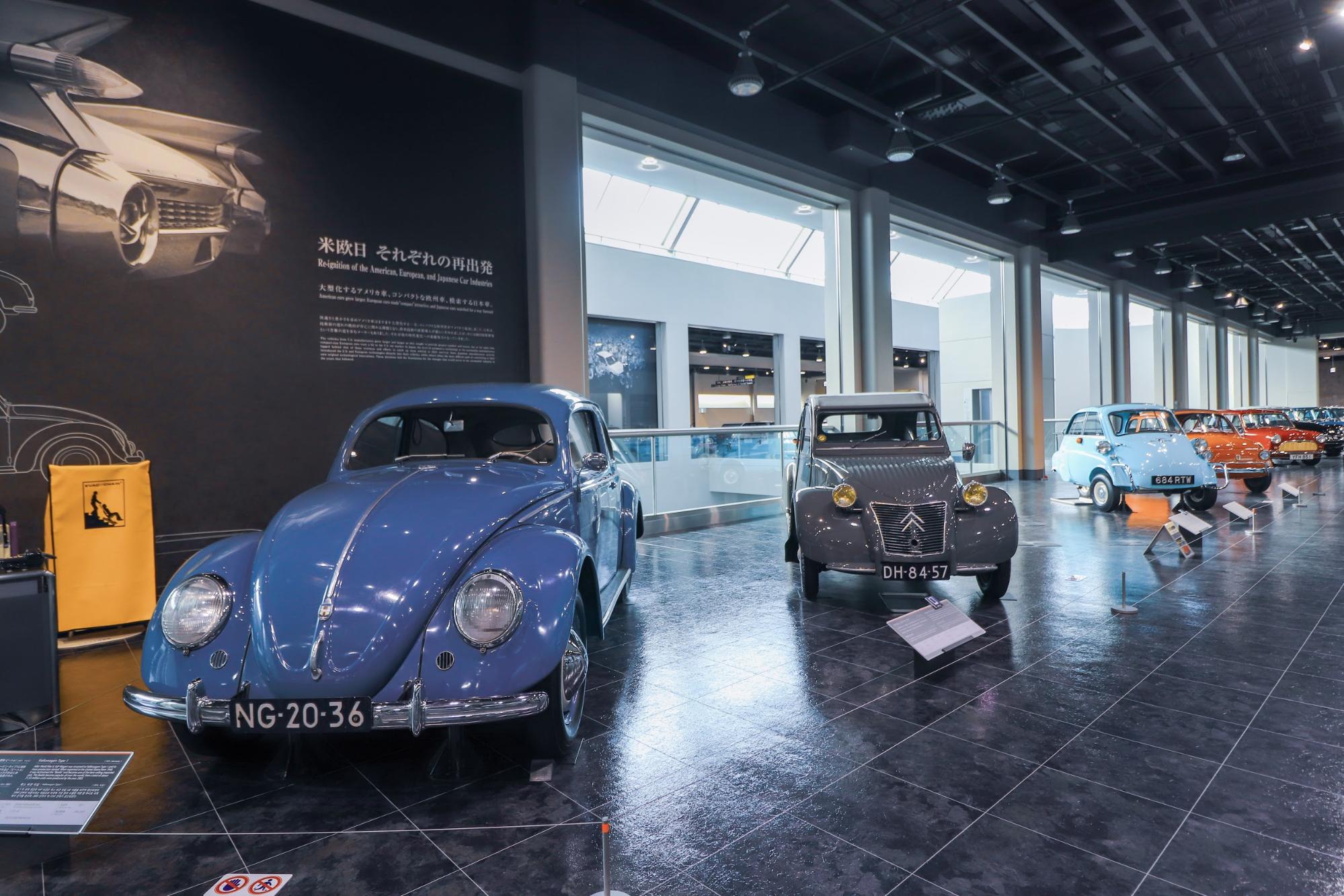
While getting larger, compact European cars are also gaining acceptance in the United States.
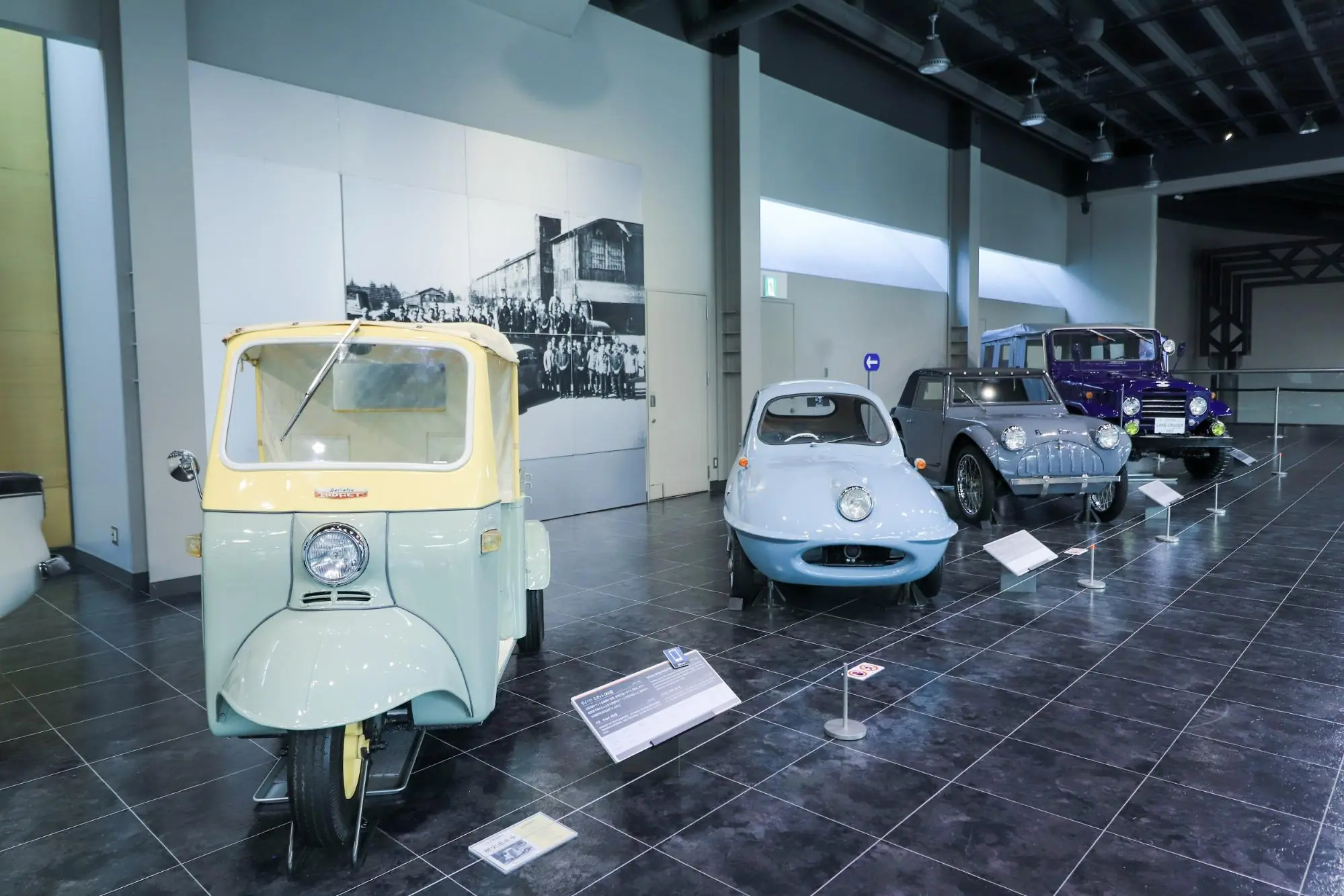
In the 1950s, Japan did not make as much progress in automobile development as it would have liked due to technological delays and postwar material shortages. Thus, by comparing automobiles of the same period, we can learn about the world history and national power balance at that time.
Spread of Passenger Cars in Japan
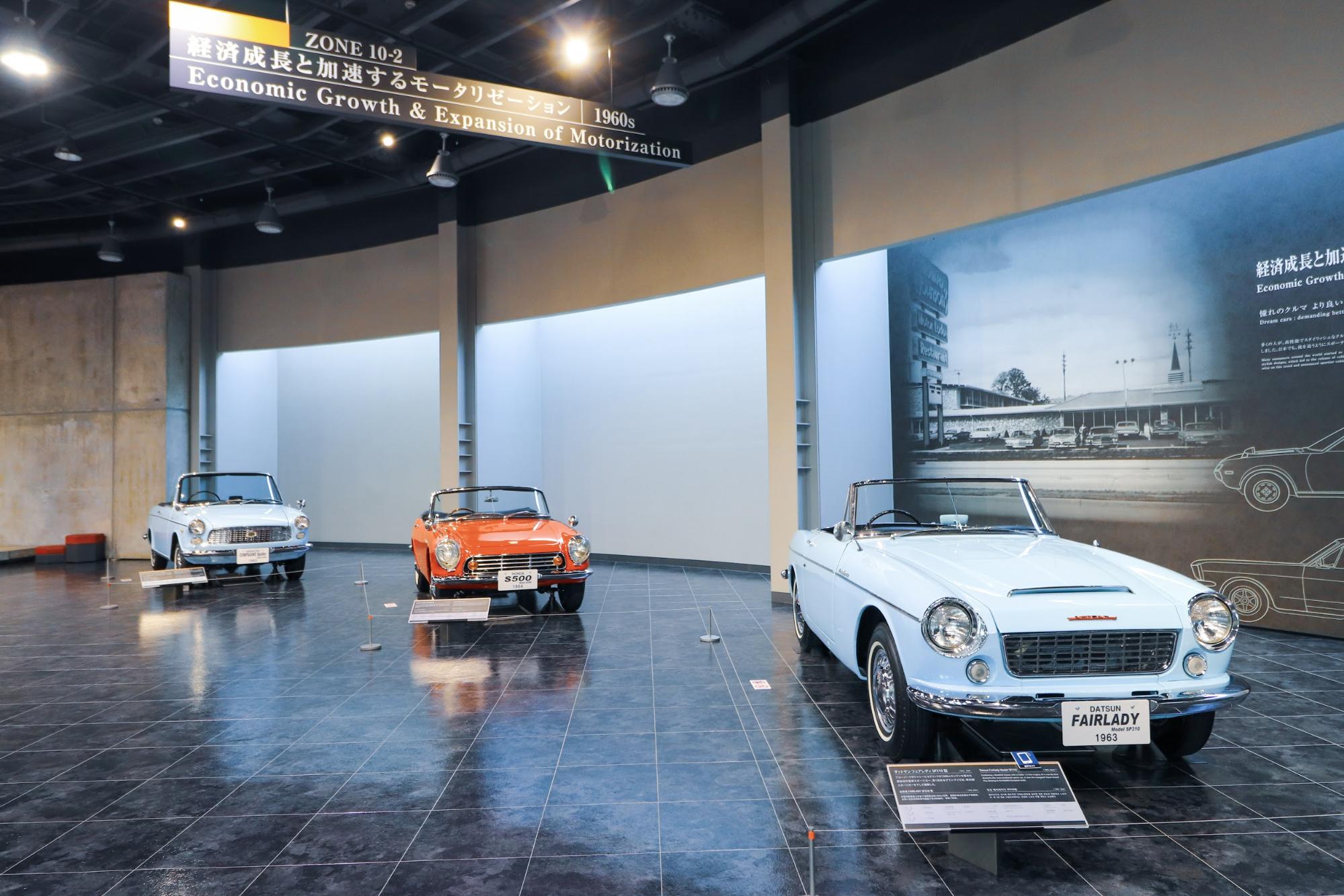
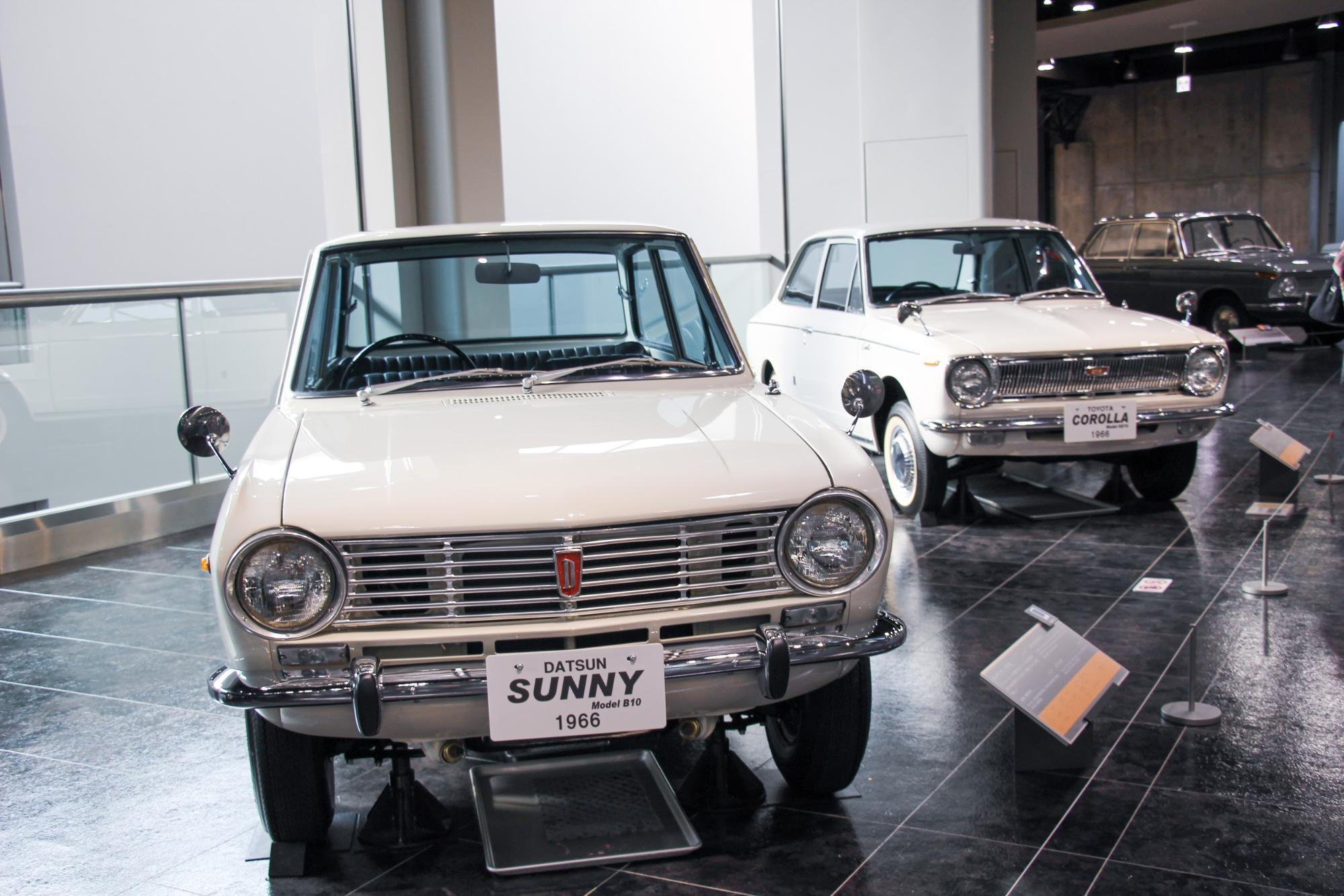
(Left) Datsun Sunny B10 (1966|Japan)
(Right) Toyota Corolla KE10 (1966|Japan)
In the 1960s, Japan's economy continued to grow as living standards improved. Even ordinary households began to own automobiles.
The Datsun Sunny and the Toyota Corolla contributed to the popularization of such personal cars. We are getting quite close to the present automobile!
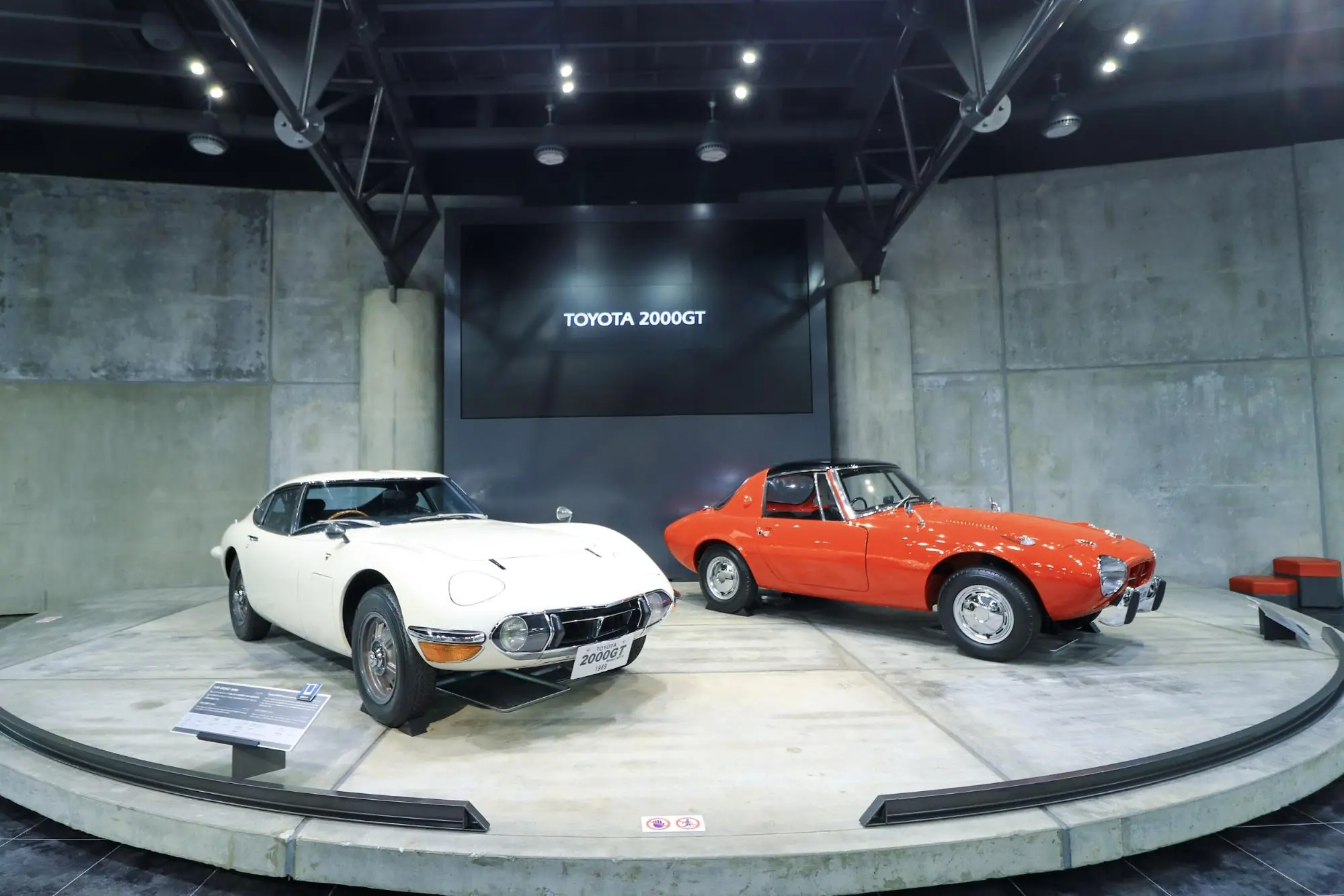
(Left) Toyota 2000GT Late model (1969|Japan)
(Right) Toyota Sport 800 UP15 (1965|Japan)

Then, 40 to 50 years behind Europe and the United States, the sports car boom arrived in Japan!
The world famous "Toyota 2000GT" car can be viewed comfortably in a chair along with the 1960's interior. This is hard to resist!
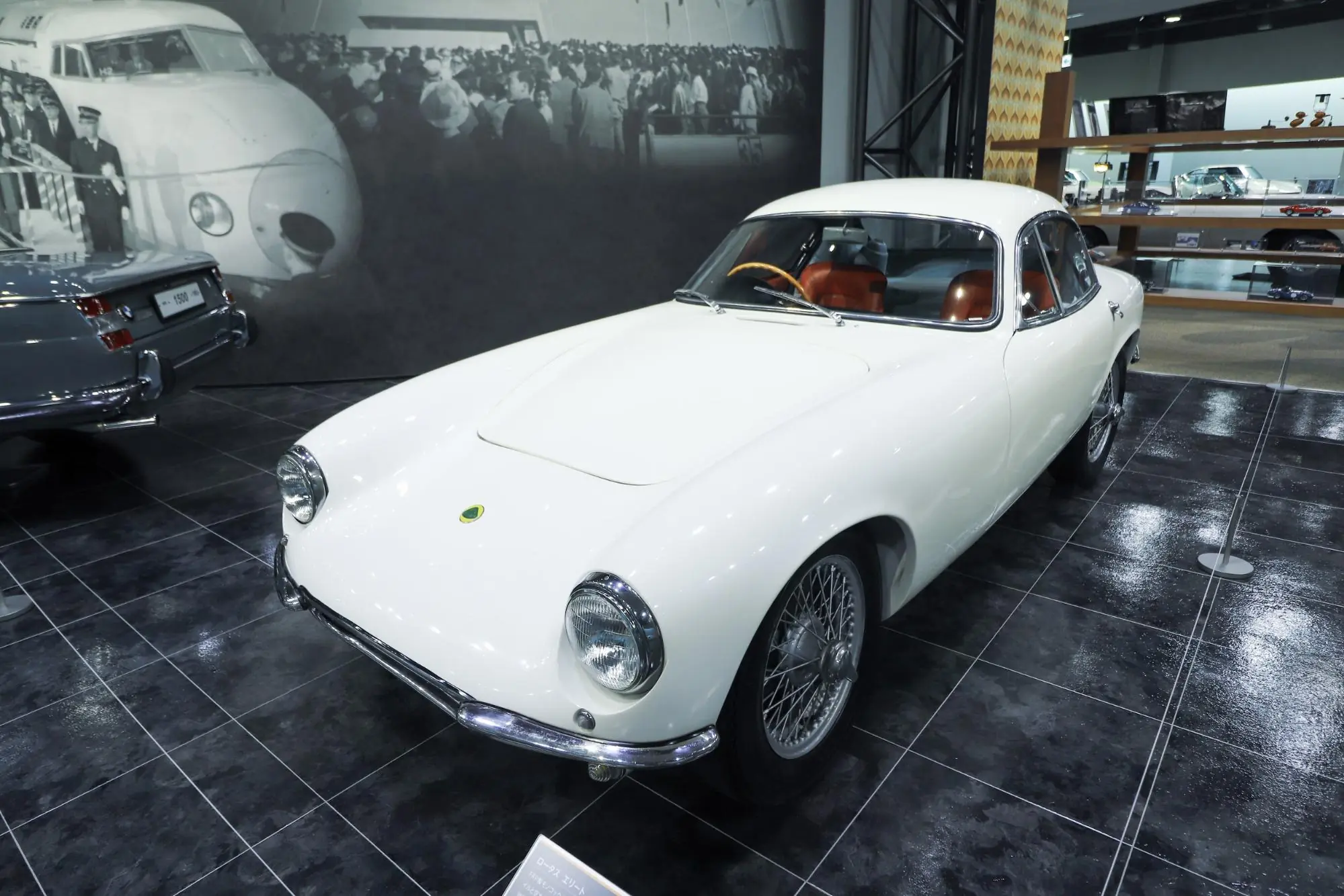
Lotus Elite (1961|U.K.)
Here, too, we were able to see the valuable interior!
Lotus' first GT car, the Lotus Elite, fascinated sports car enthusiasts around the world. Pop the hood and you'll see...
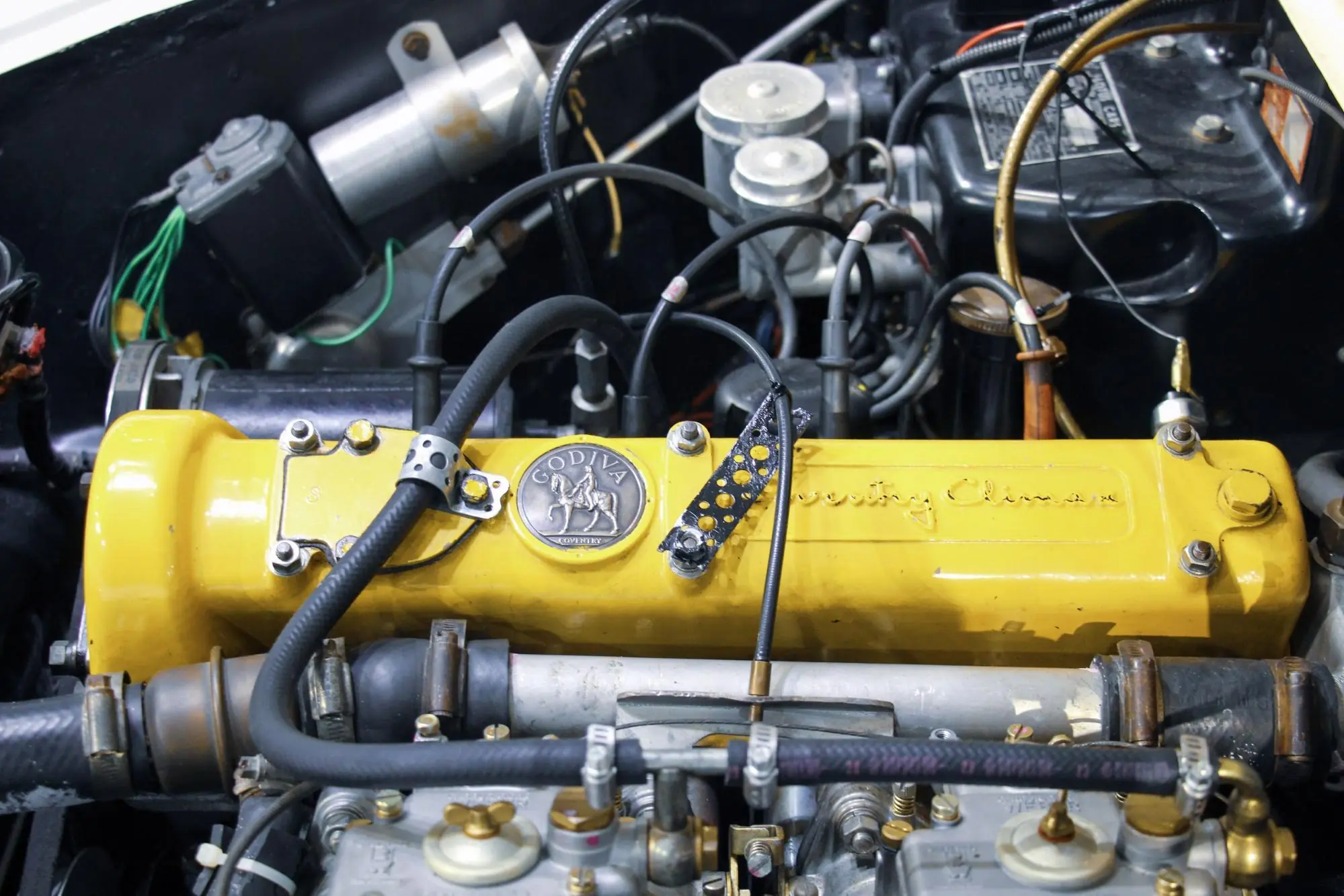
What, a "GODIVA" crest! However, it has nothing to do with that chocolate brand.
The reason for the coat of arms is that the engine was created in Coventry, the legendary home of the Countess GODIVA. The city of Coventry uses GODIVA as its coat of arms. We were shown the precious interior of the engine, which is unveiled only a few times a year.
Responding to Social Challenges

Honda Civic CVCC (1975|Japan)
While automobiles became popular around the world, they also faced social problems such as traffic accidents and air pollution. It was a trying time for automobiles, but it also served as a catalyst for the rapid development of environmental and safety technologies.
For example, the Civic CVCC shown here was the first car in the world to meet the "Muskie Act" emission regulations in the U.S., which were said to be unattainable at the time. It was around this time that Japanese cars, which were 40 to 50 years ahead of their European and American counterparts, began to attract worldwide attention.
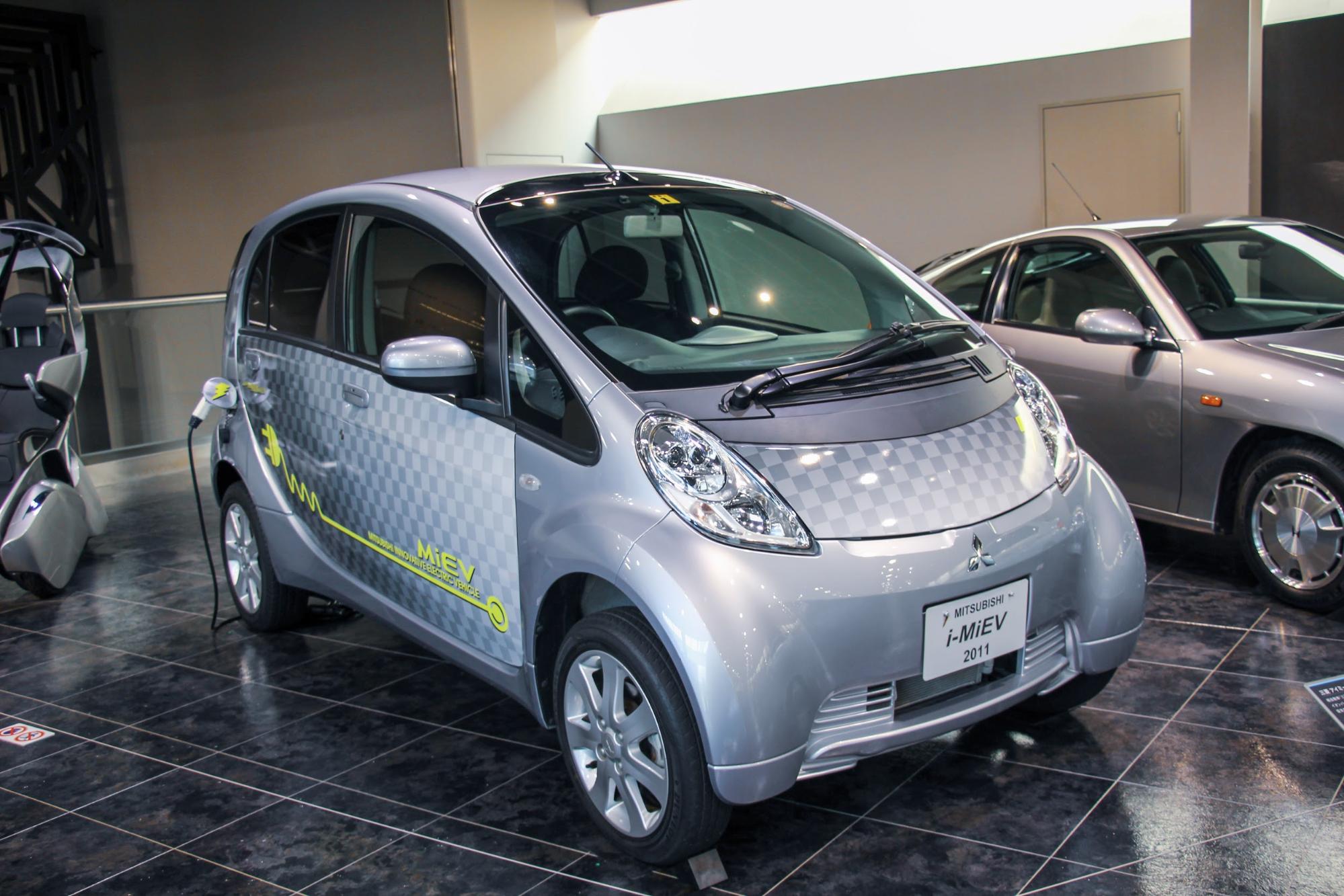
Mitsubishi i-MiEV (2011|Japan)
At the end of the Automobile Gallery, electric cars were lined up in a row; it is somewhat strange that electric cars, which were created in the middle of the 19th century, are once again attracting attention.
Perhaps the time has come to think again about which resource is better, steam, electricity, or gasoline.
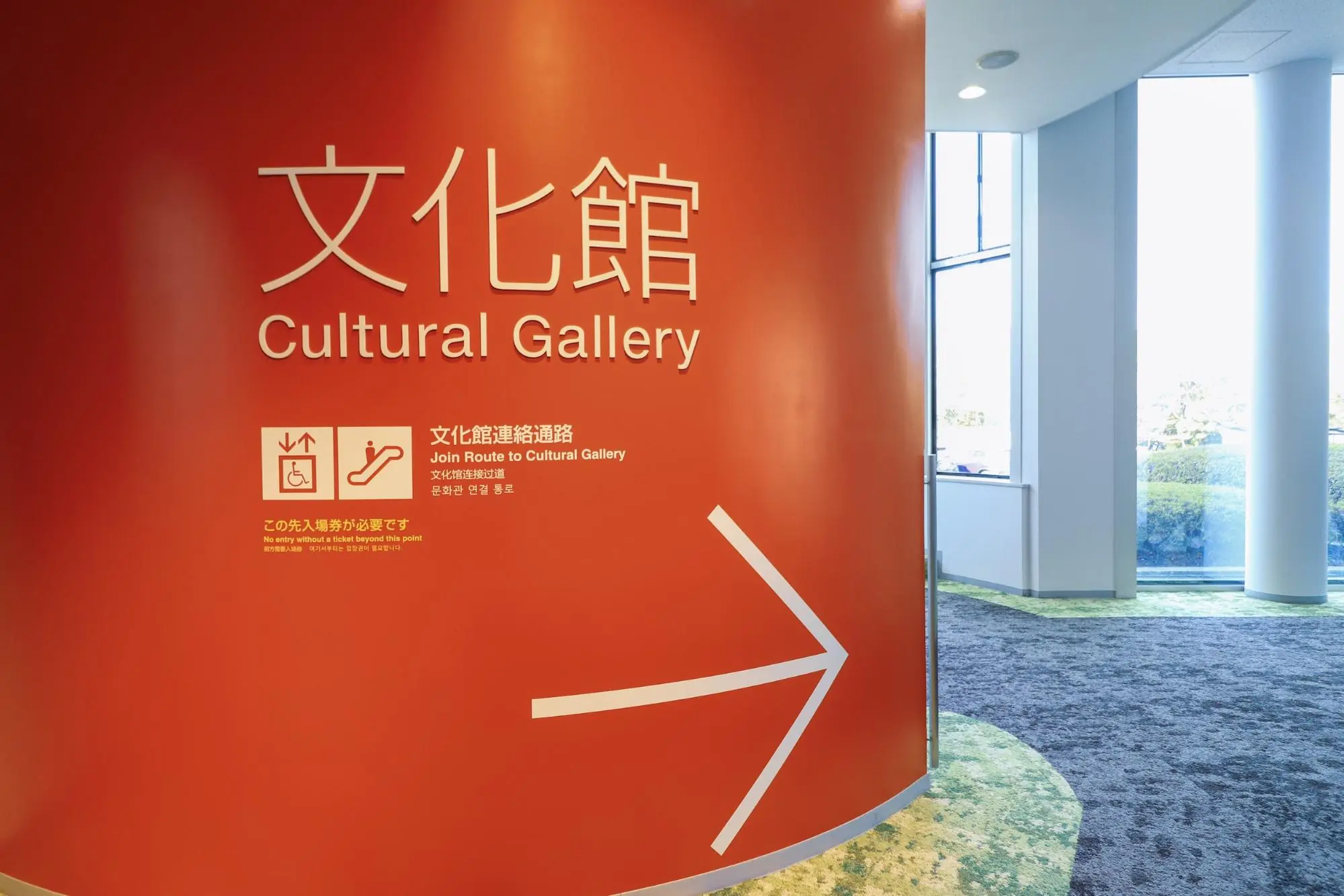
Next, let's go to the Cultural Gallery! The Cultural Gallery is connected to the museum by a connecting walkway.



![[Tokai Area] Outing Spots for Family](https://life-designs.jp/wp/wp-content/uploads/2019/06/w1920x1088_family-1-1024x580.jpg)
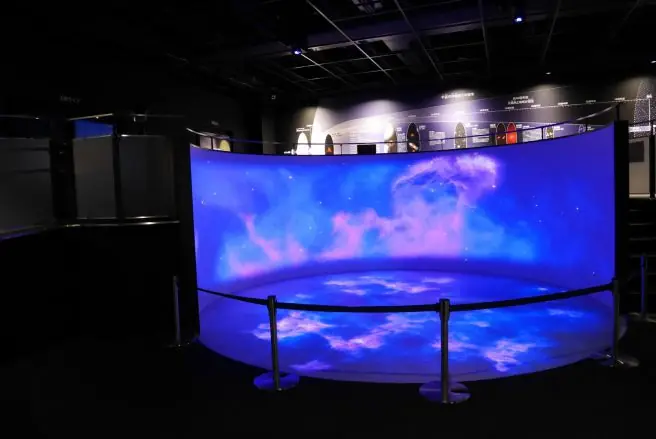

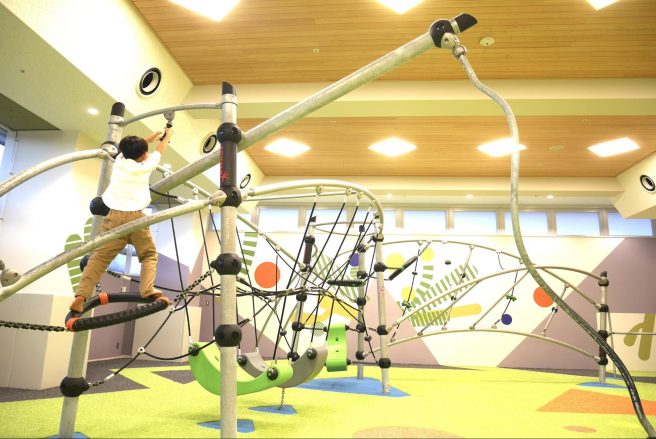
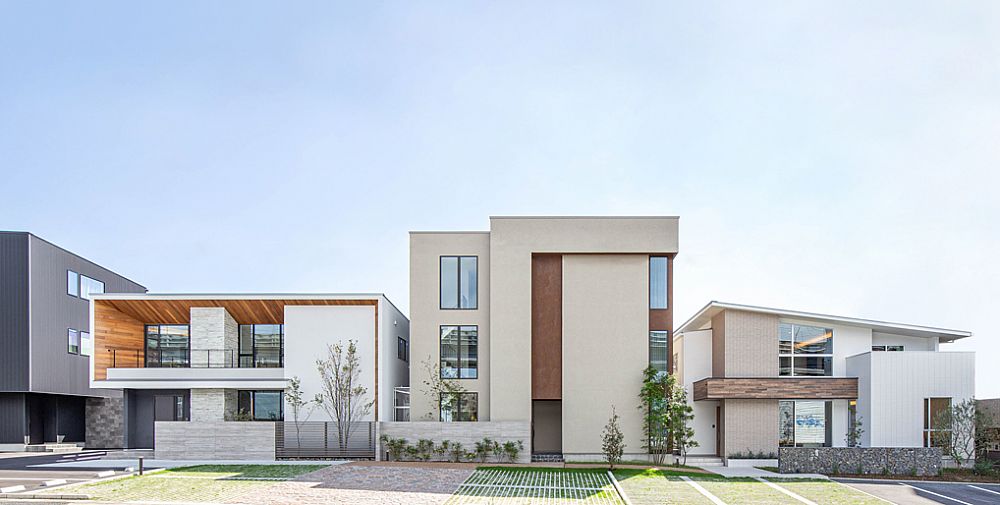



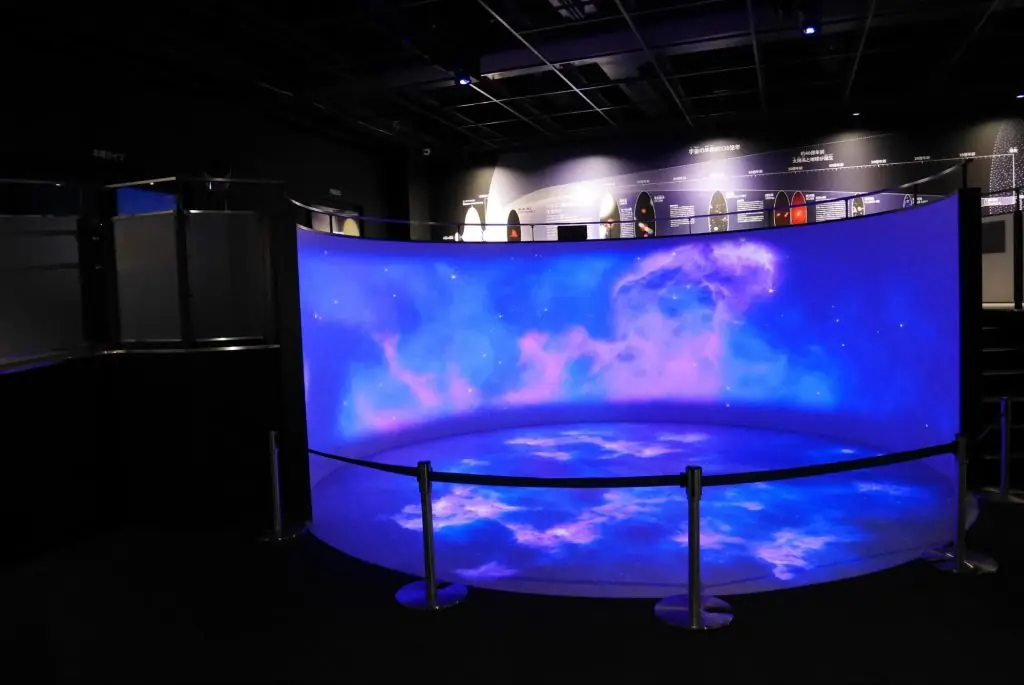
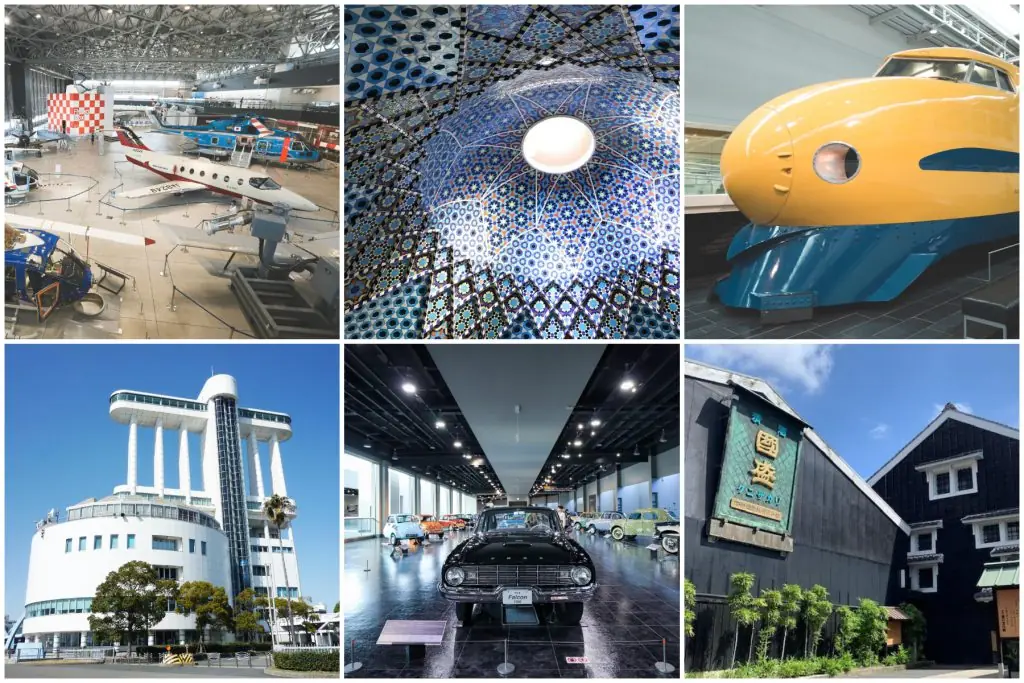
![[Aichi] 10 Must-Buy Souvenirs from Meiji Mura: Top Picks for Your Visit](https://life-designs.jp/wp/wp-content/uploads/2024/07/image11-14-1024x683.jpg)

![[Indoor Facilities] Where to Go on Rainy Days in Tokai Area! For Family Outings!](https://life-designs.jp/wp/wp-content/uploads/2023/07/FotoJet-23.jpg)





![[Osu Special Feature] A City of History and Uniqueness](https://life-designs.jp/wp/wp-content/uploads/2022/03/01_Osu-1-768x435.png)

![[Tokai Area] Scenic Spots which You'll Never Forget](https://life-designs.jp/wp/wp-content/uploads/2019/12/LD_banner_w1920x1088_prospect-1-1024x580.jpg)
![[Special Feature] Enjoy Your Day at a Park!](https://life-designs.jp/wp/wp-content/uploads/2019/12/LD_banner_w1920x1088_park-1-1024x580.jpg)
![[Nagoya-meshi] Nagoya's Speciality Dishes](https://life-designs.jp/wp/wp-content/uploads/2022/06/5ba2ca8c038fd4af7527bc0826367cfb-1024x580.png)













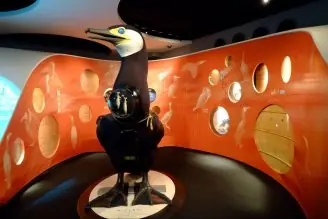
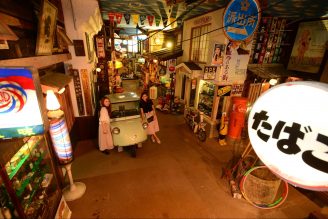









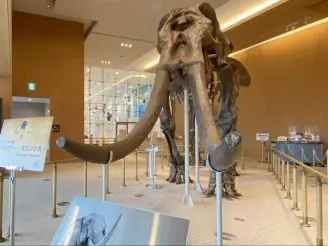























![Onigiri is hot right now! Summary of Osu's Onigiri Specialty Shops [5 selections].](https://life-designs.jp/wp/wp-content/uploads/2023/11/onigiri-1024x768.jpg)
![[9 Selections] Summary of Retro Coffee Shops in Nagoya](https://life-designs.jp/wp/wp-content/uploads/2021/11/image1-30-1024x683.jpg)
![[20 Selections] Nagoya Souvenirs: Non-Sweet & Recommended Snacks Available at Nagoya Station](https://life-designs.jp/wp/wp-content/uploads/2025/07/image3-2-1024x683.jpg)
![[Aichi, Gifu, Mie] 30 Family-Friendly Spots to Go in Winter!](https://life-designs.jp/wp/wp-content/uploads/2019/12/image21-1-768x543.png)
![[Within 2hrs by Car] 12 Outing Areas where You can Go on a Day Trip from Nagoya!](https://life-designs.jp/wp/wp-content/uploads/2023/07/odekake12_w1200h900_20240422-328x246.png)
